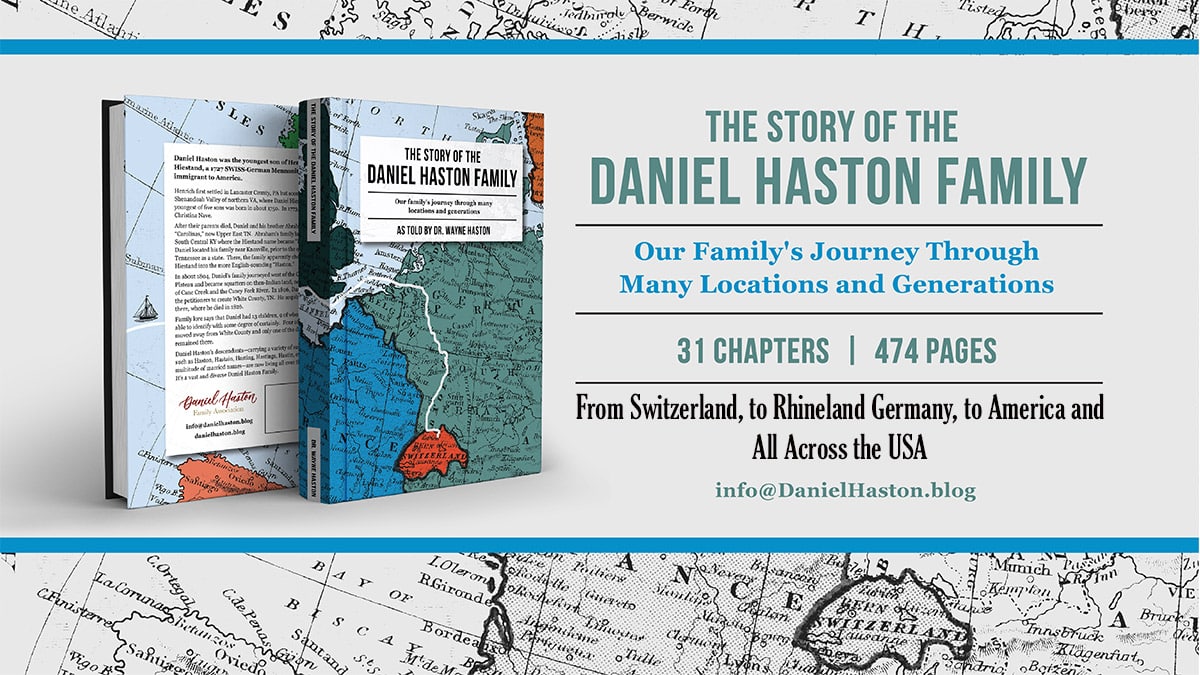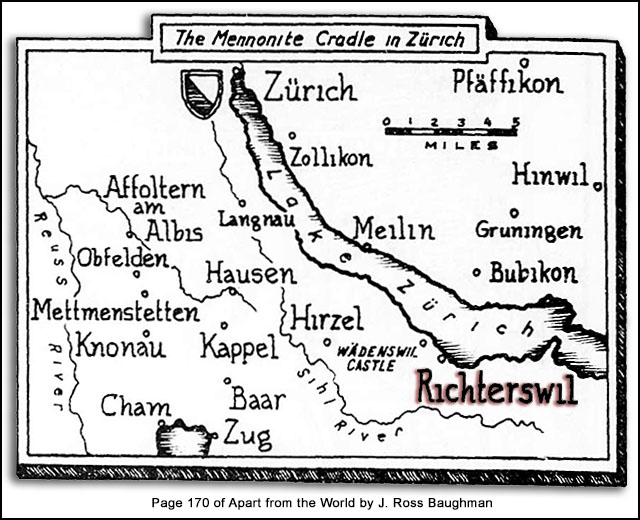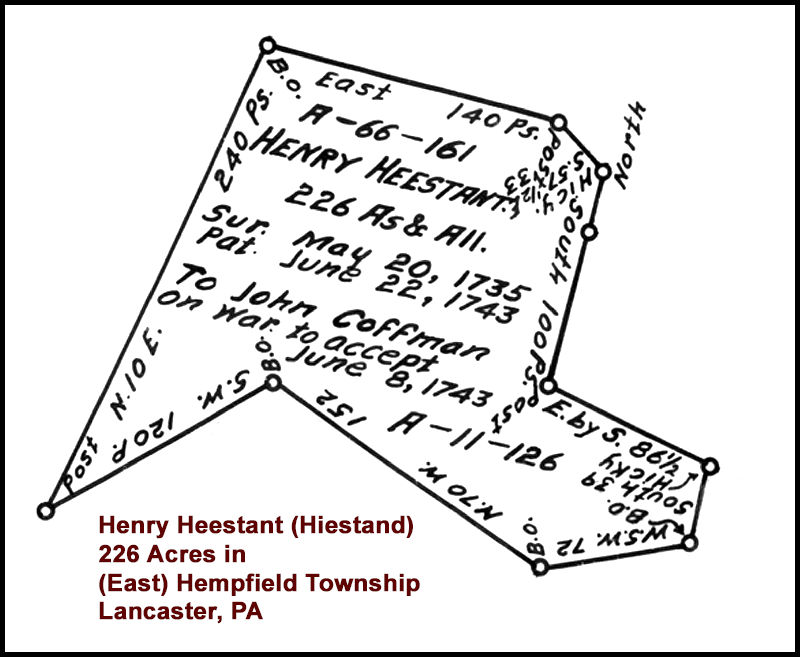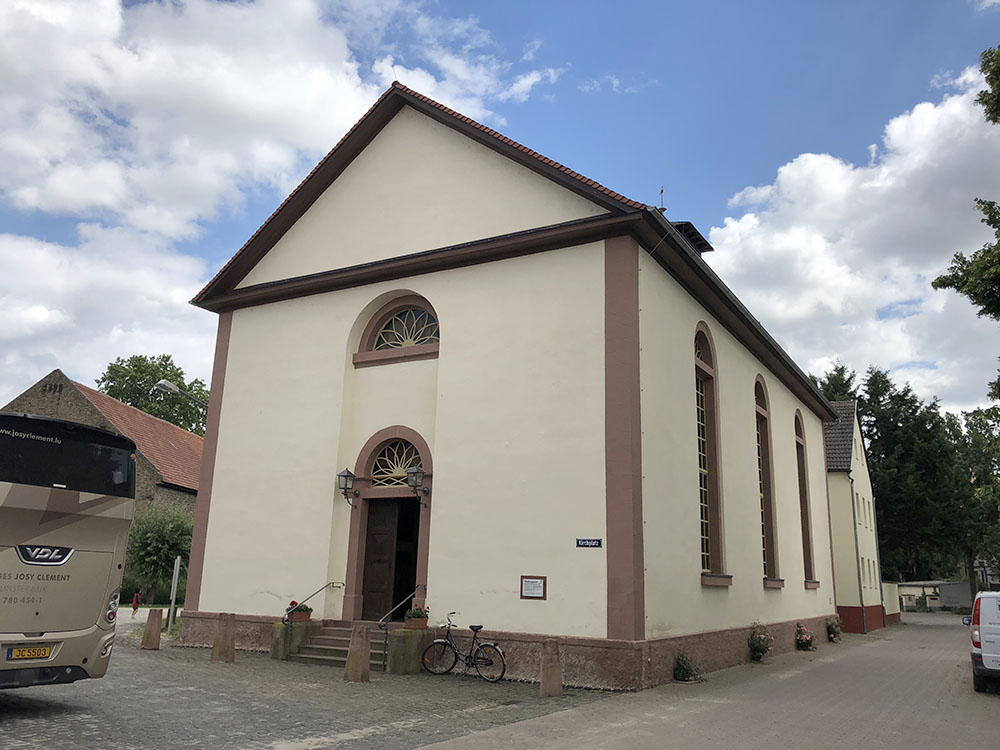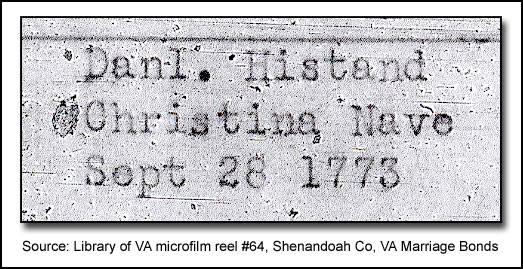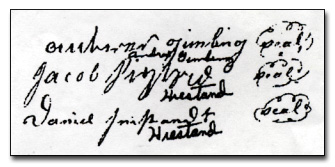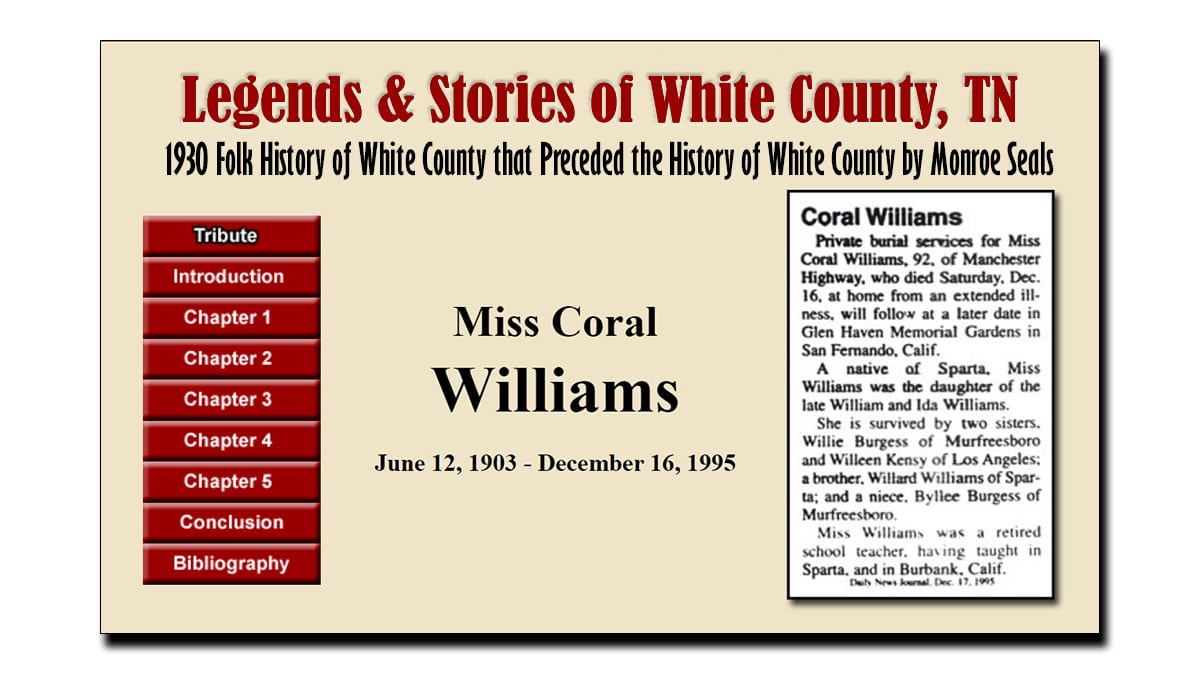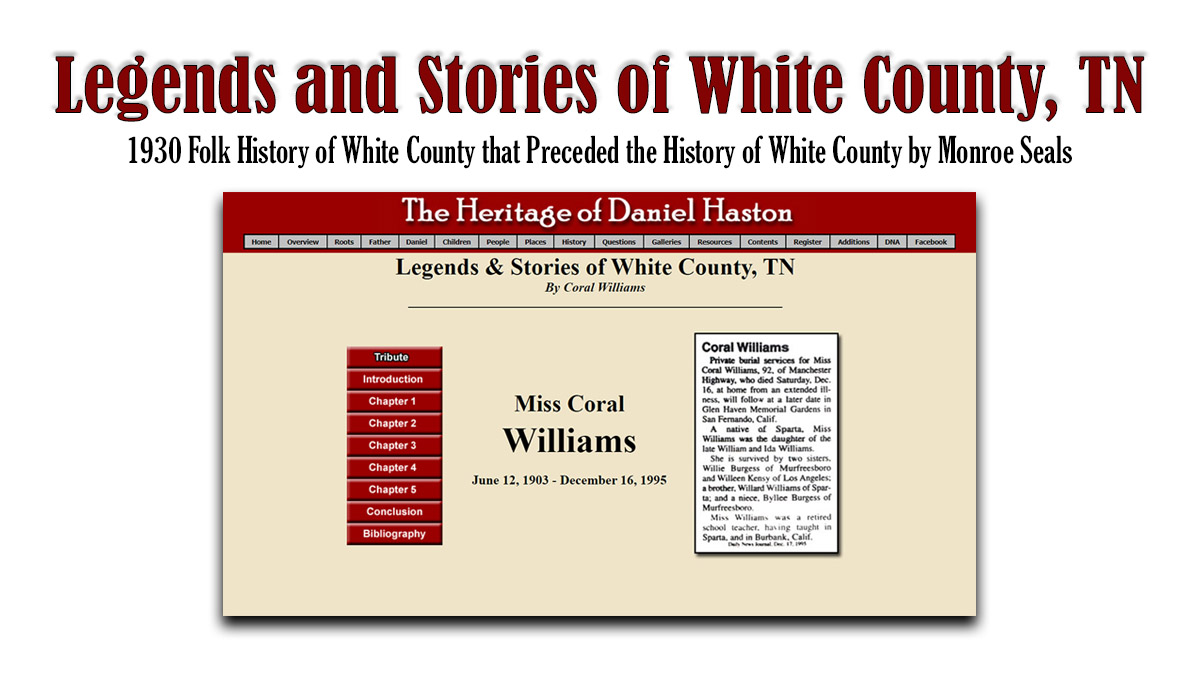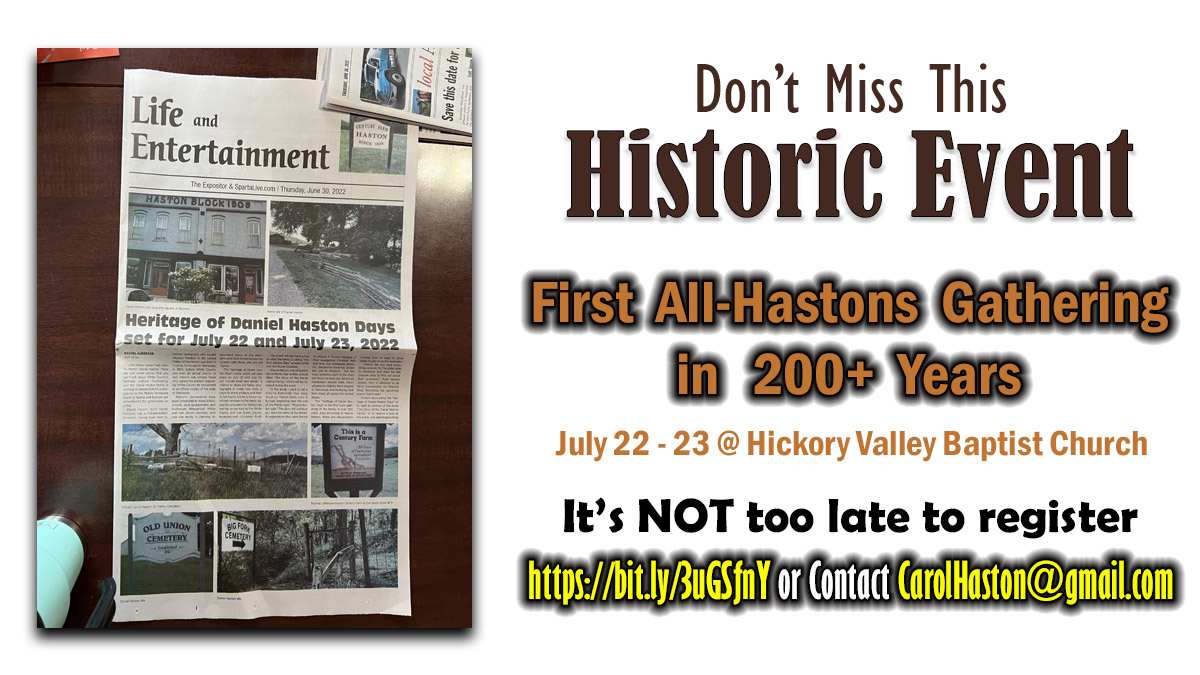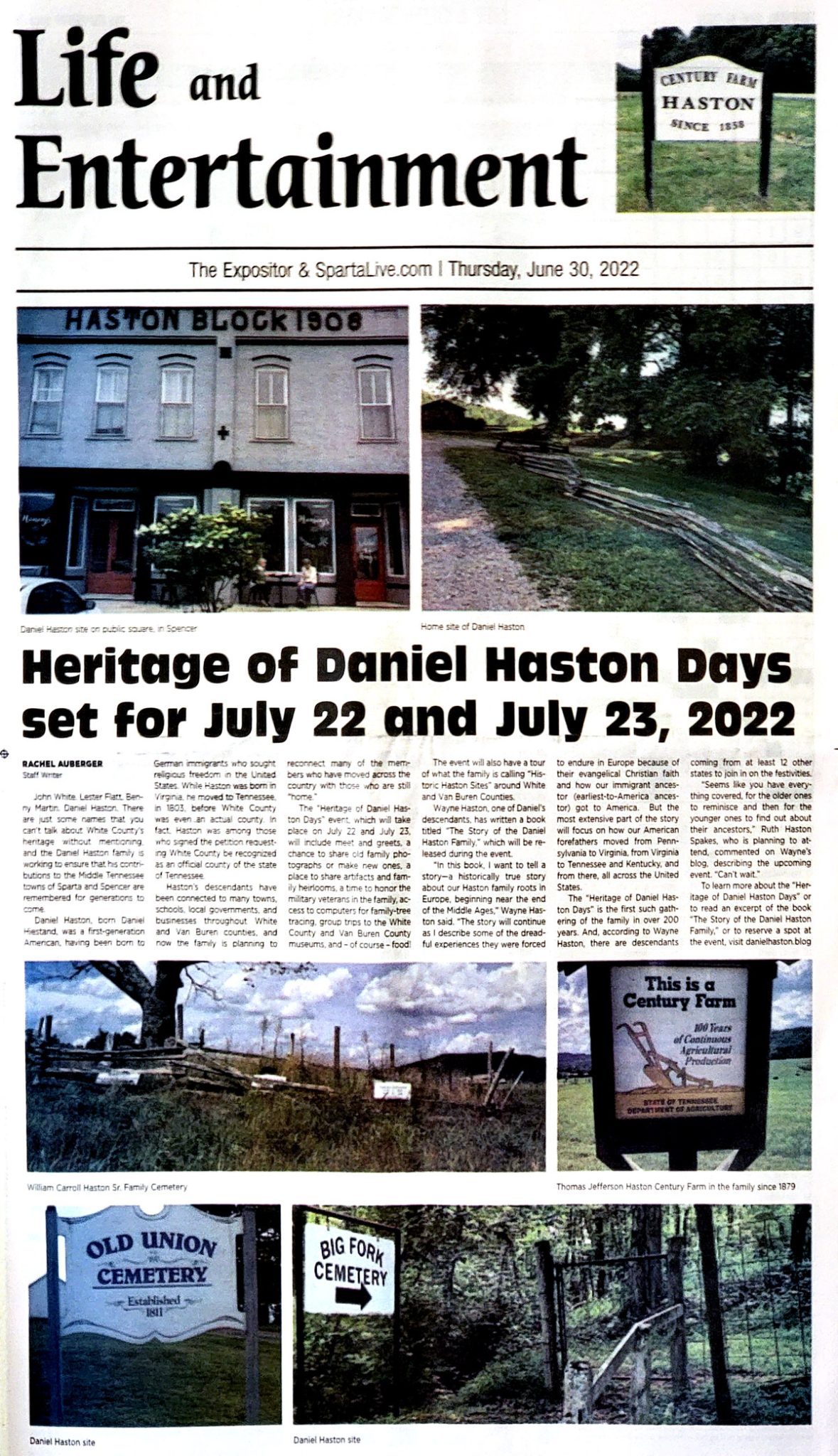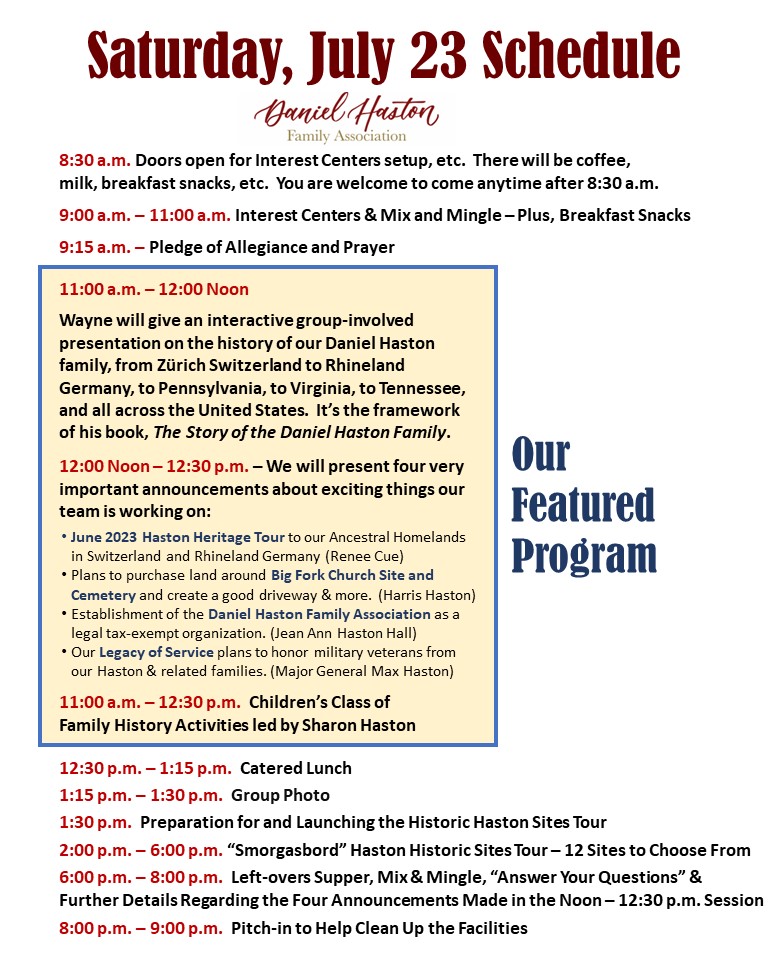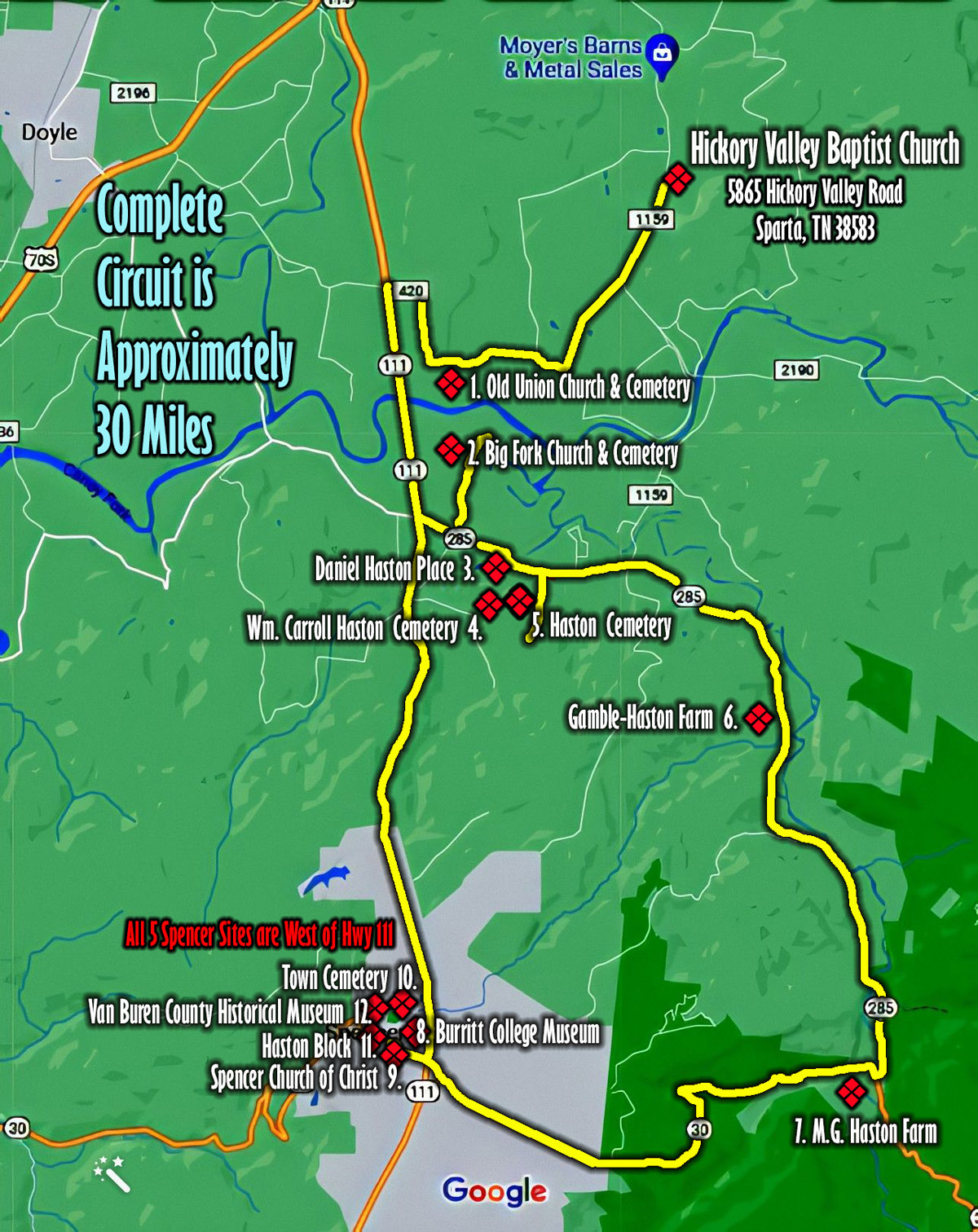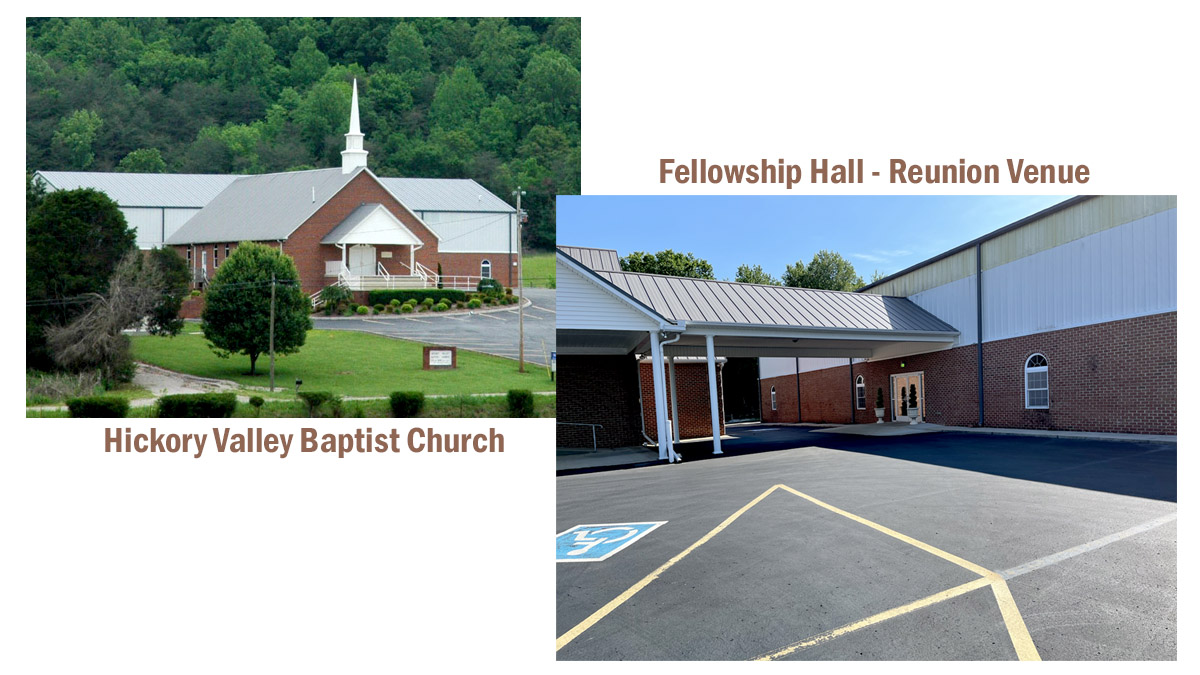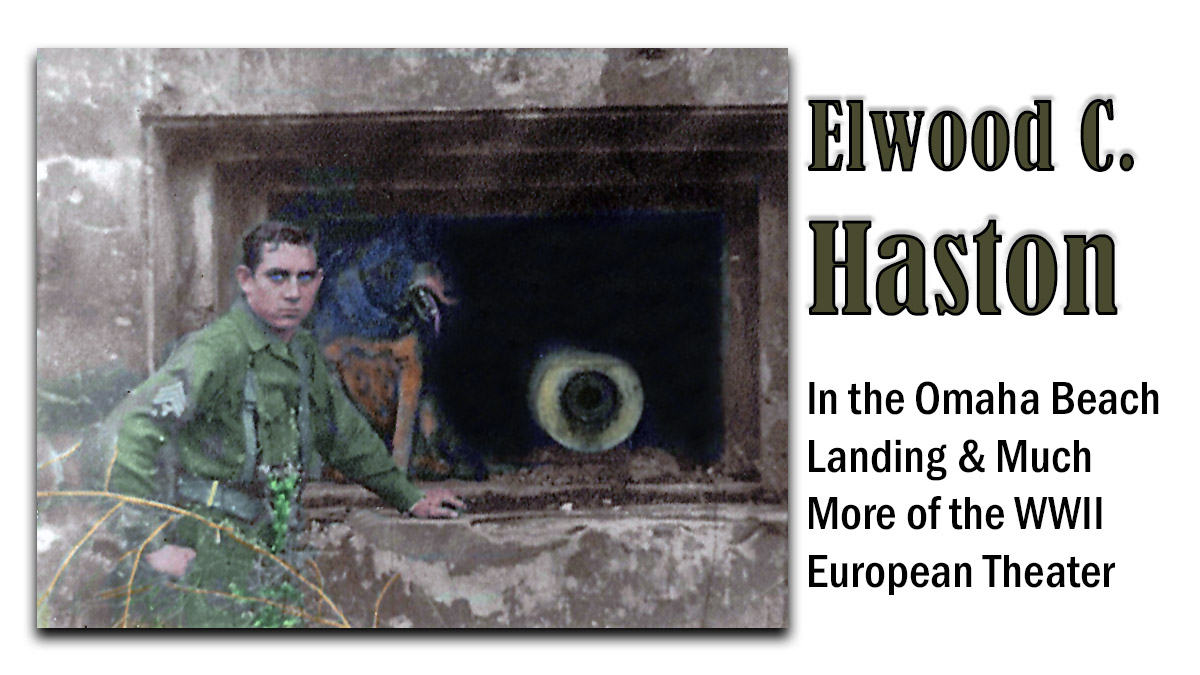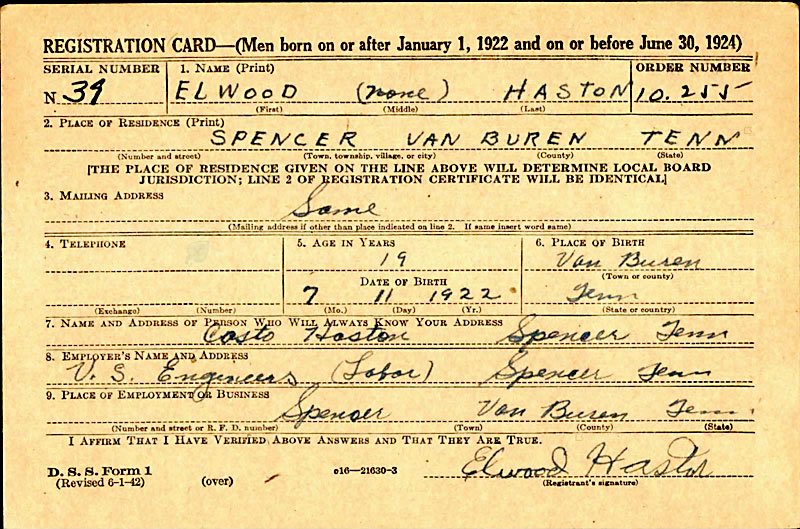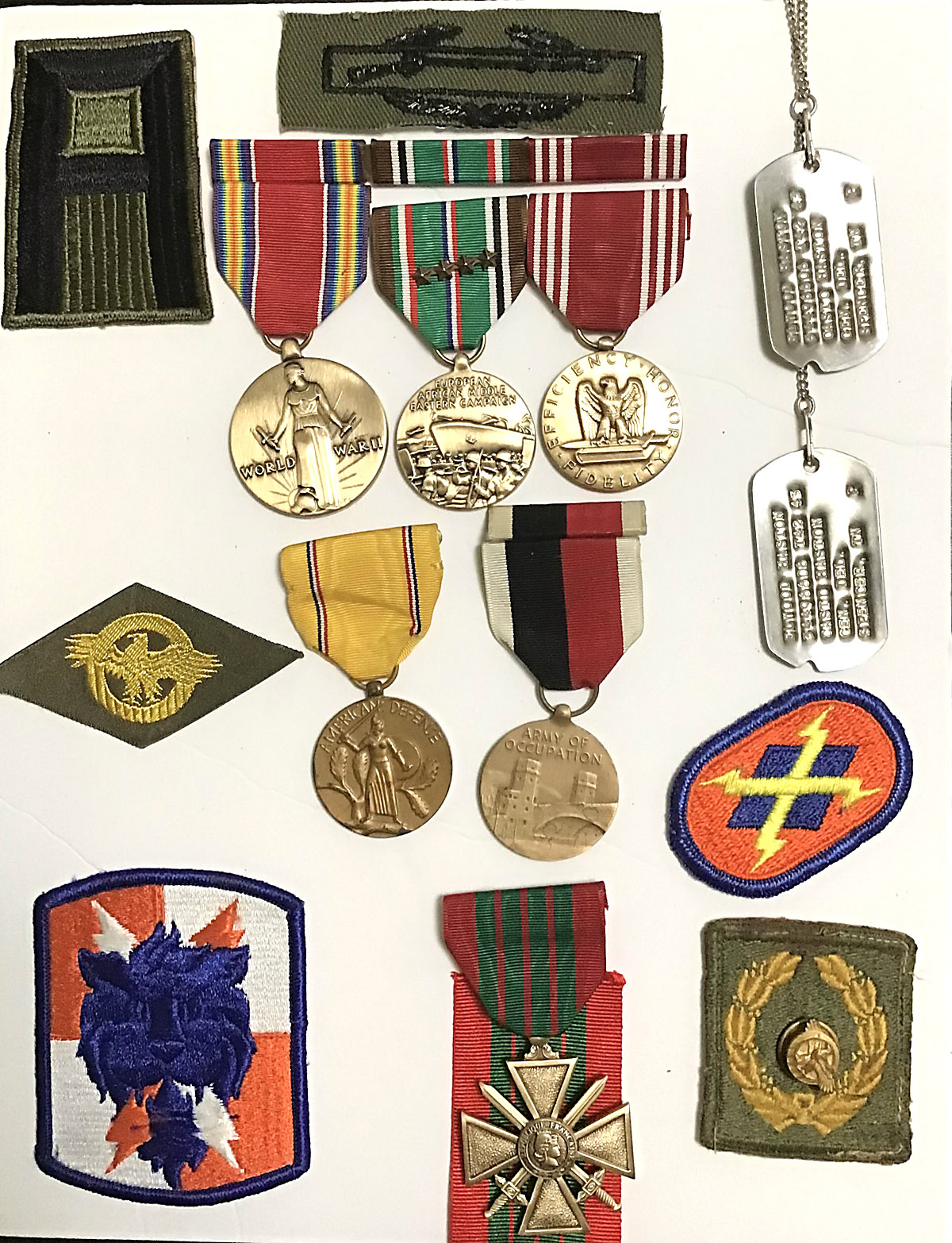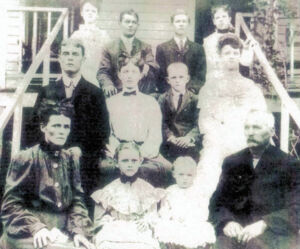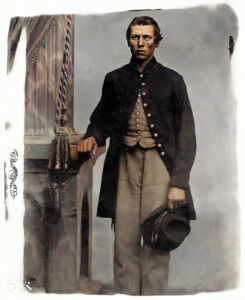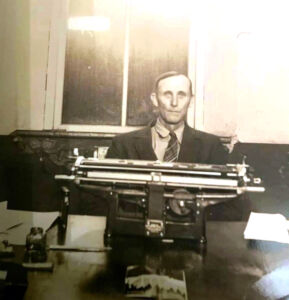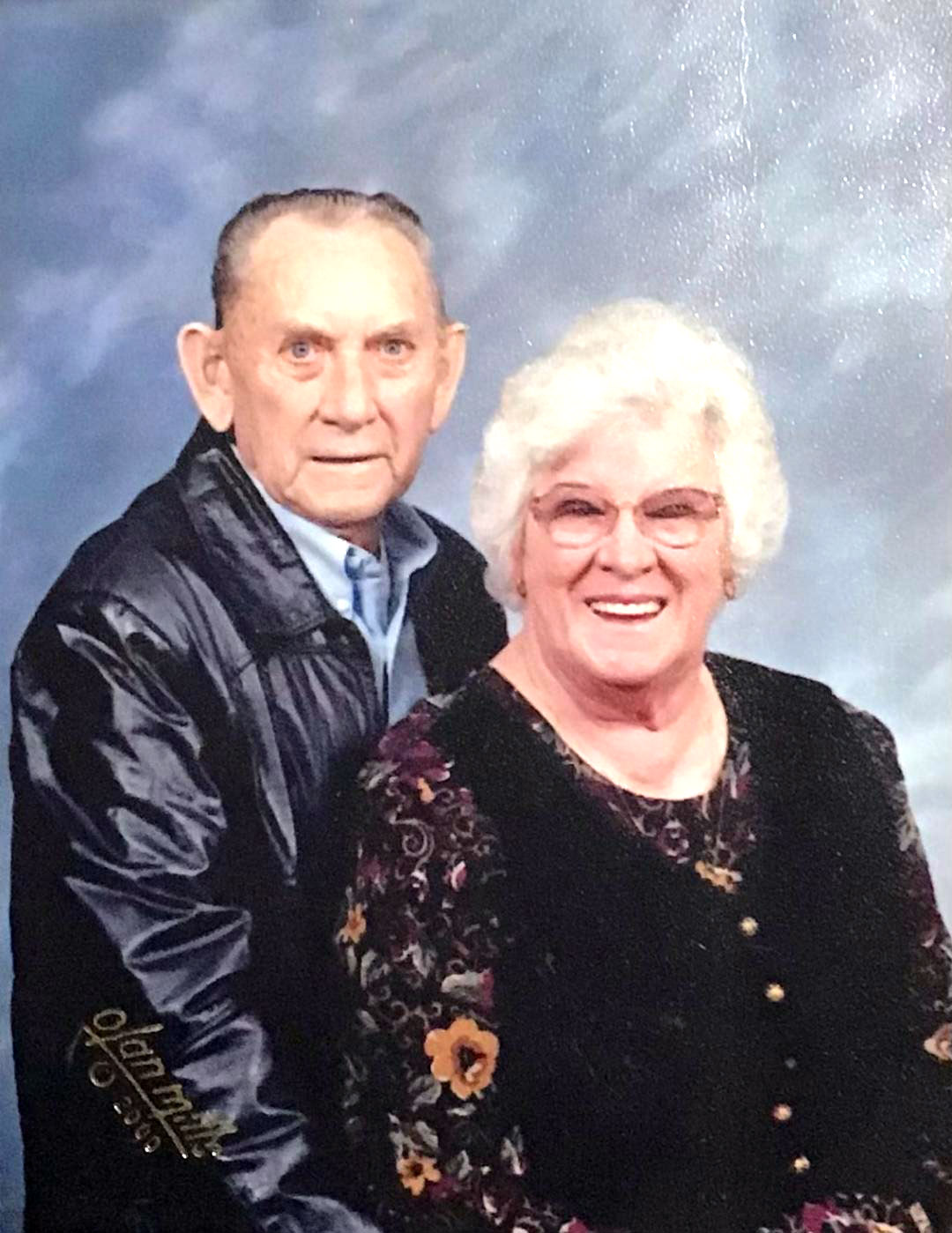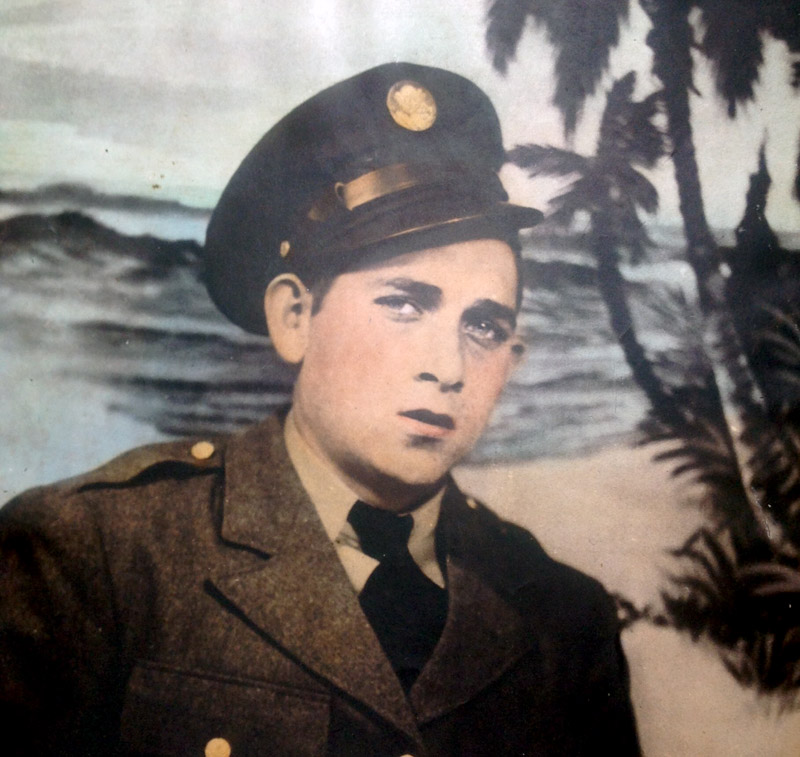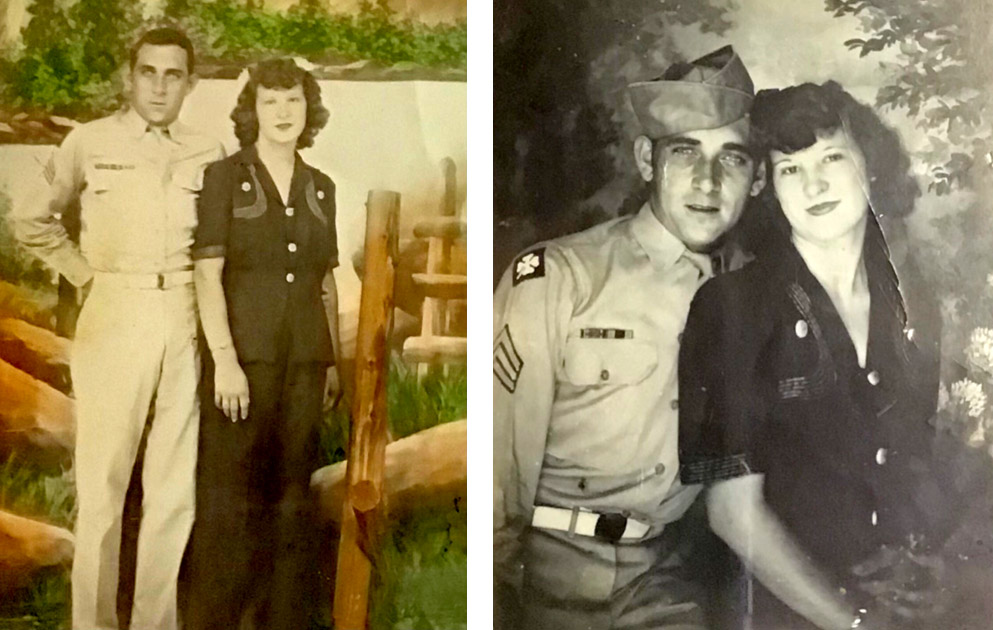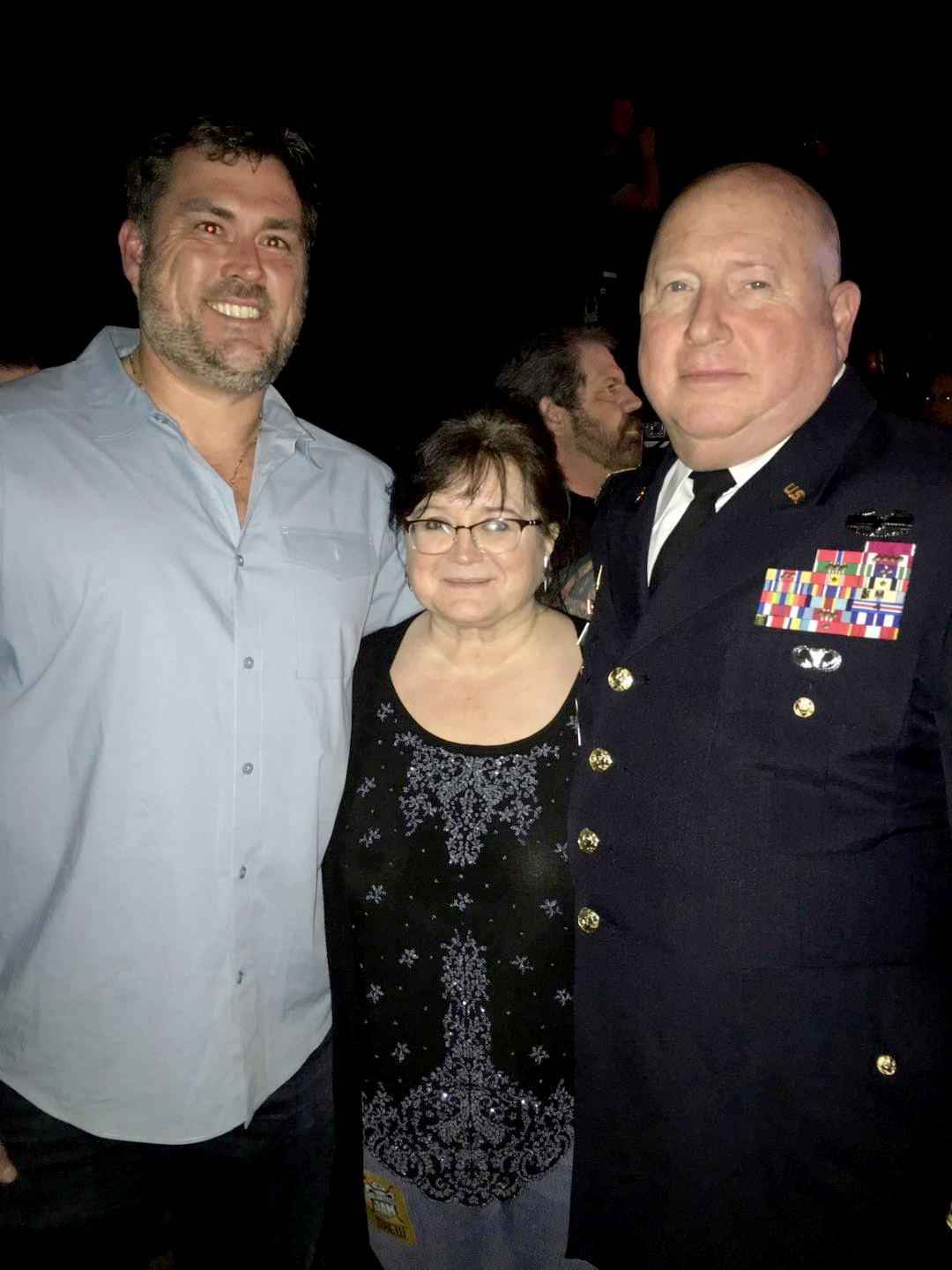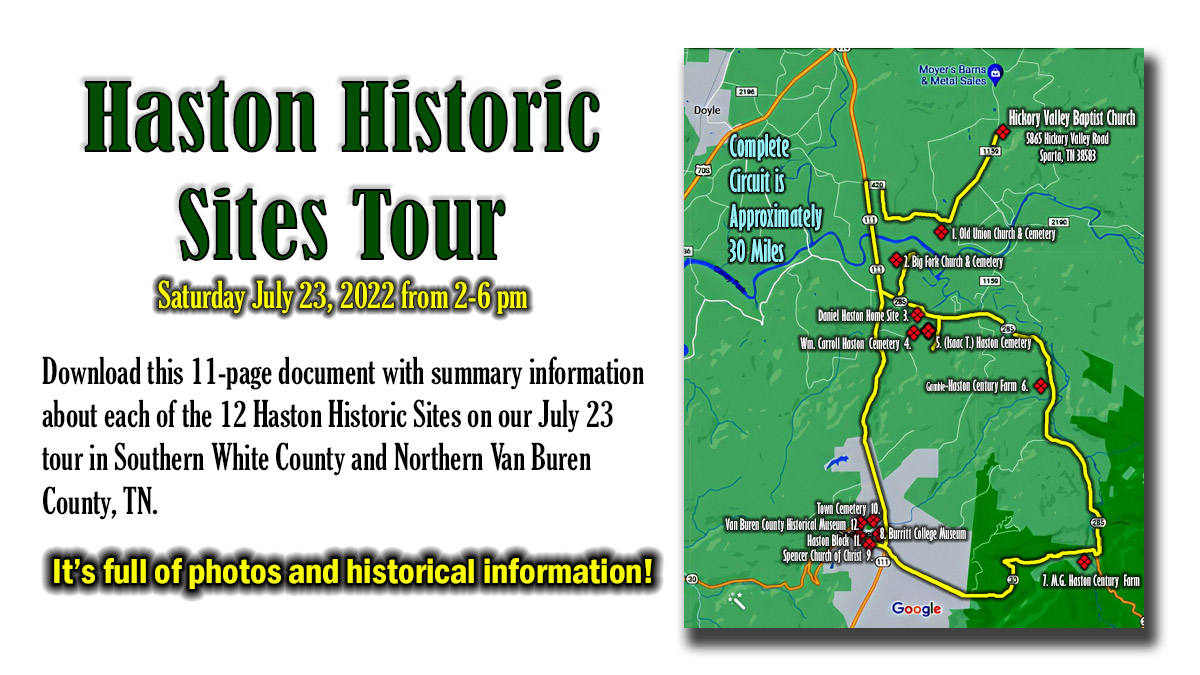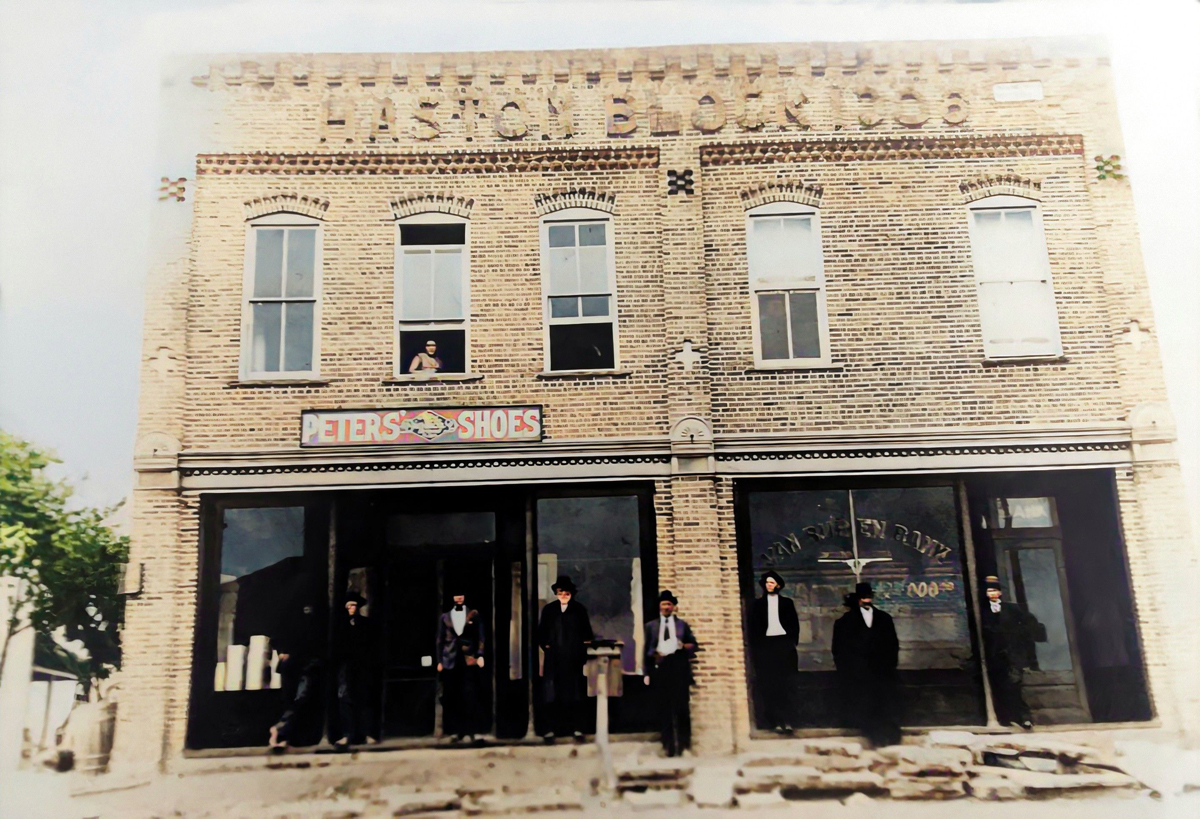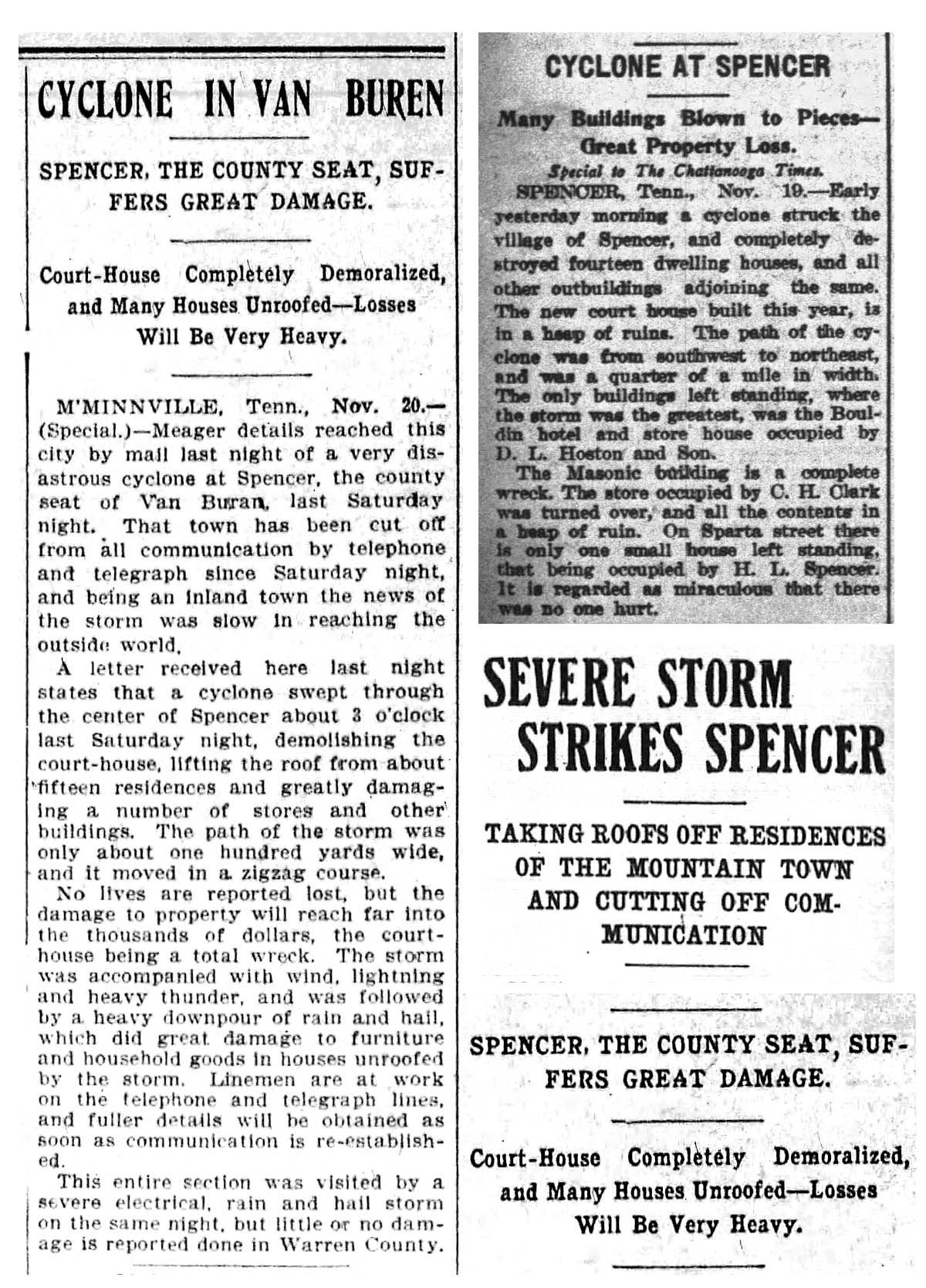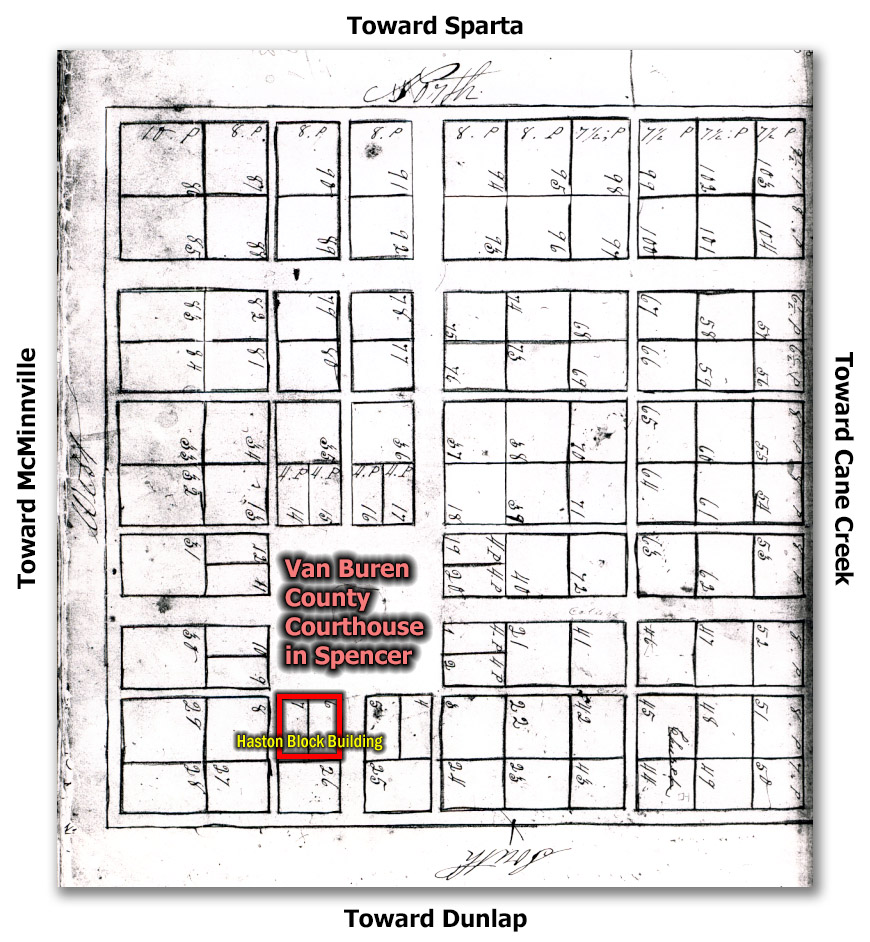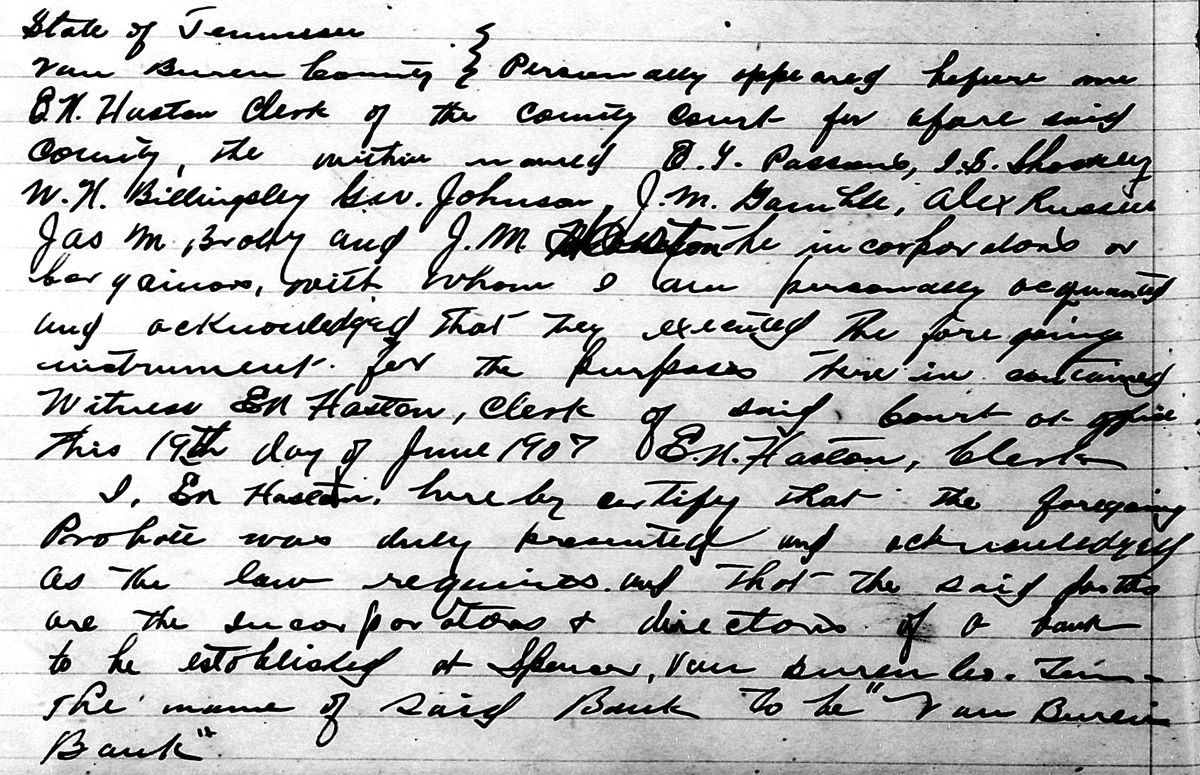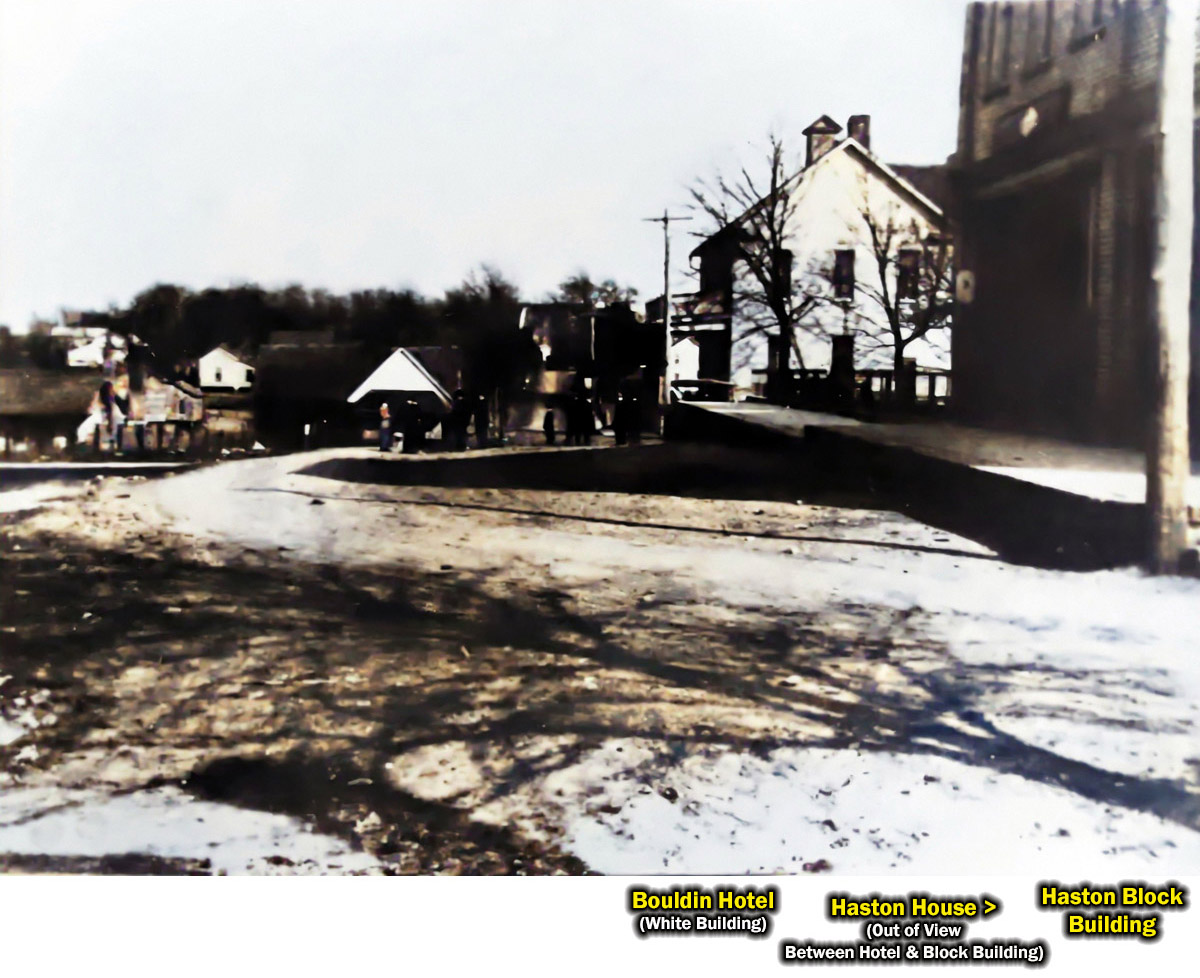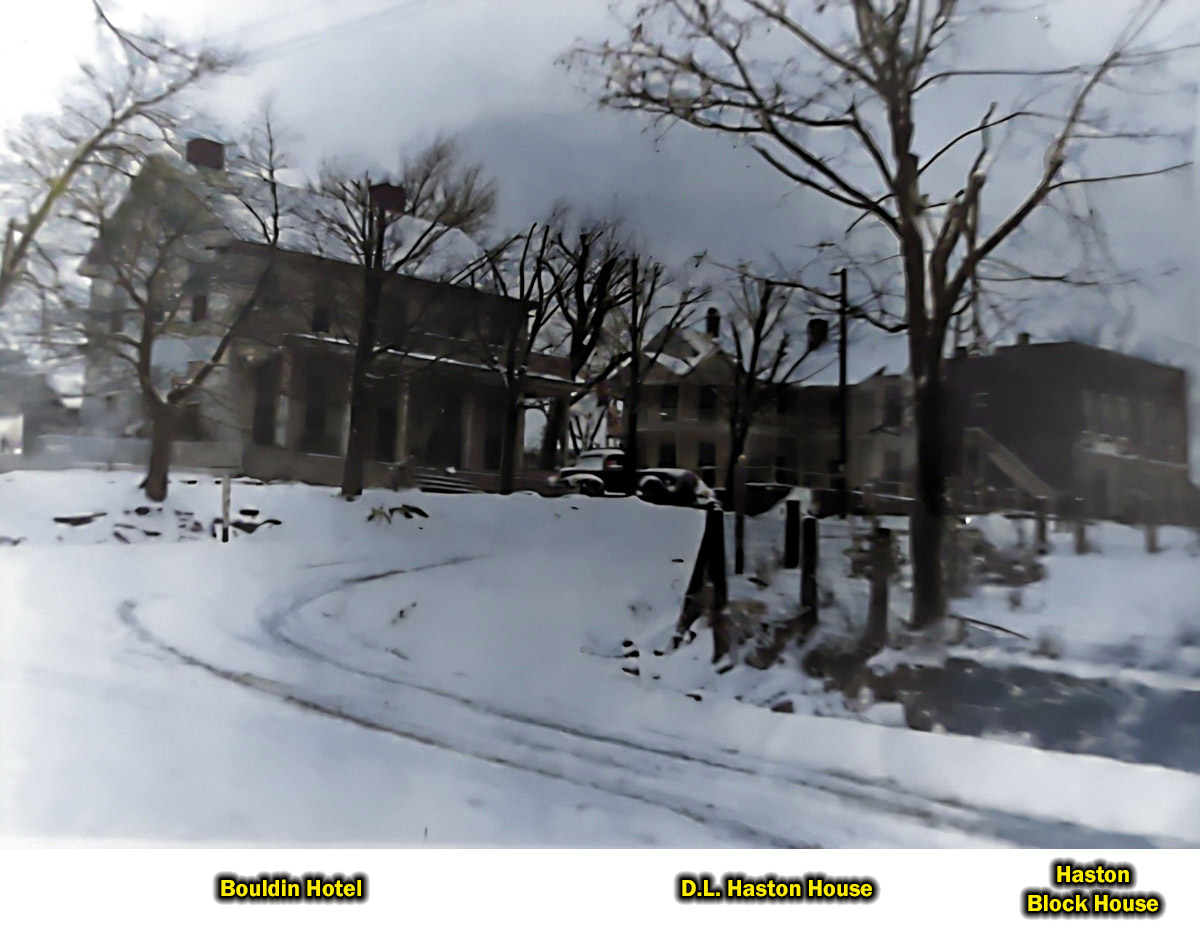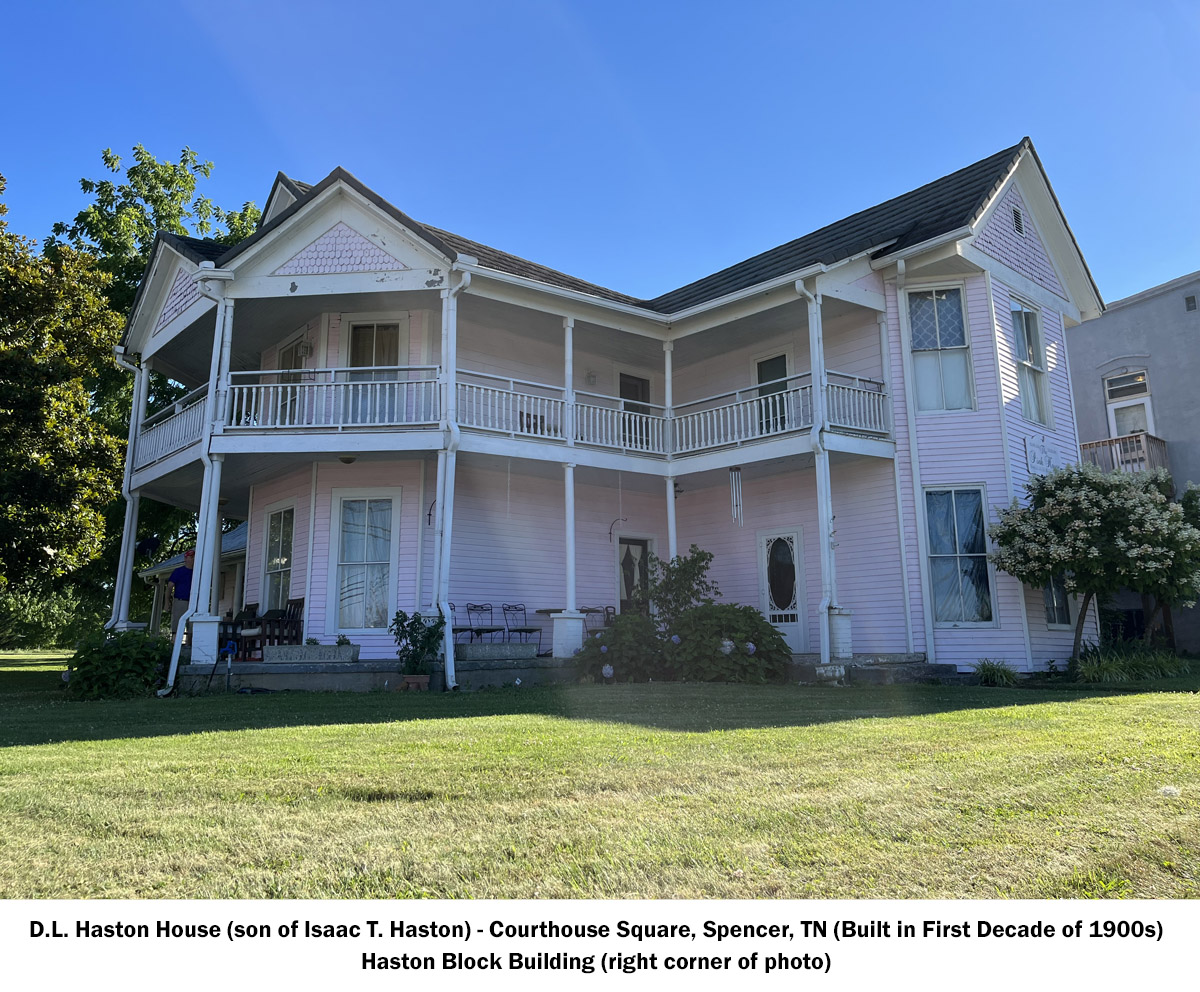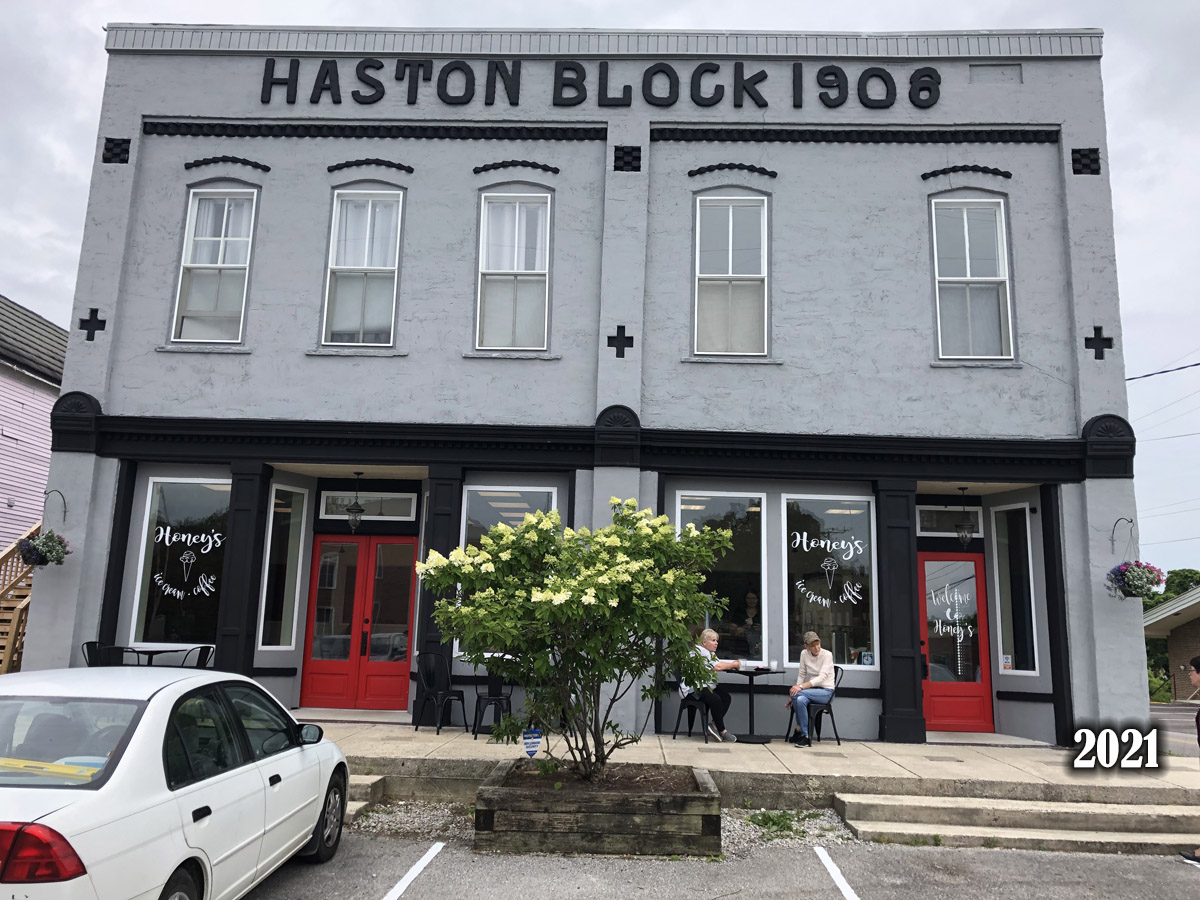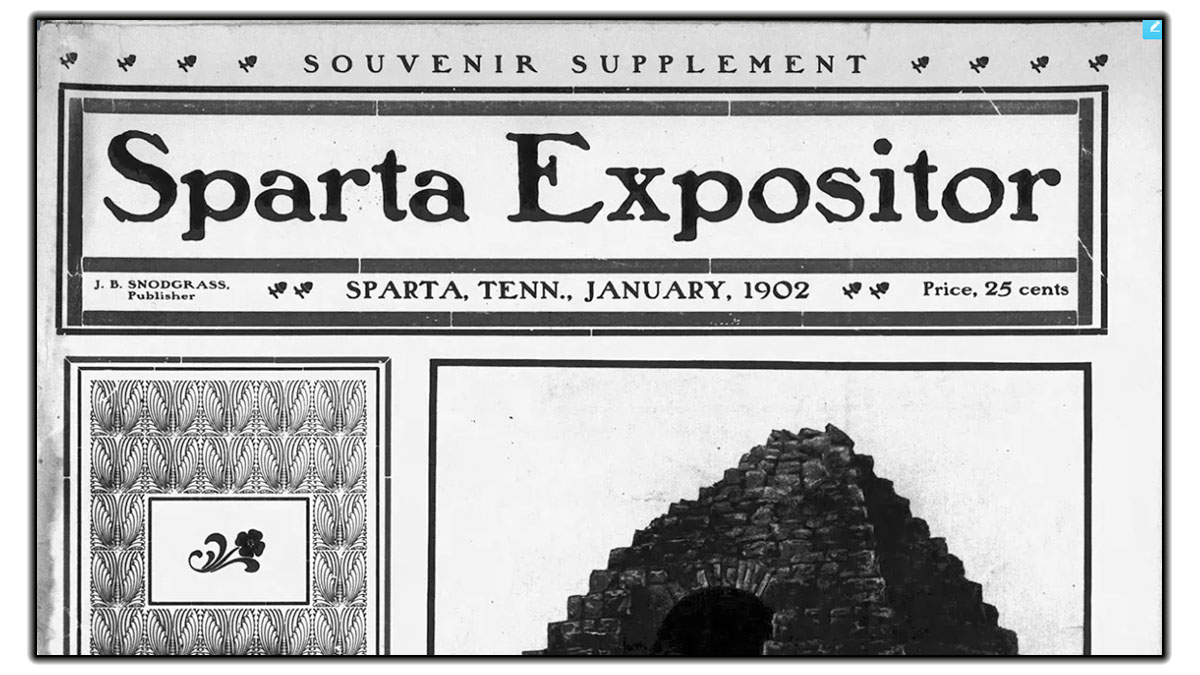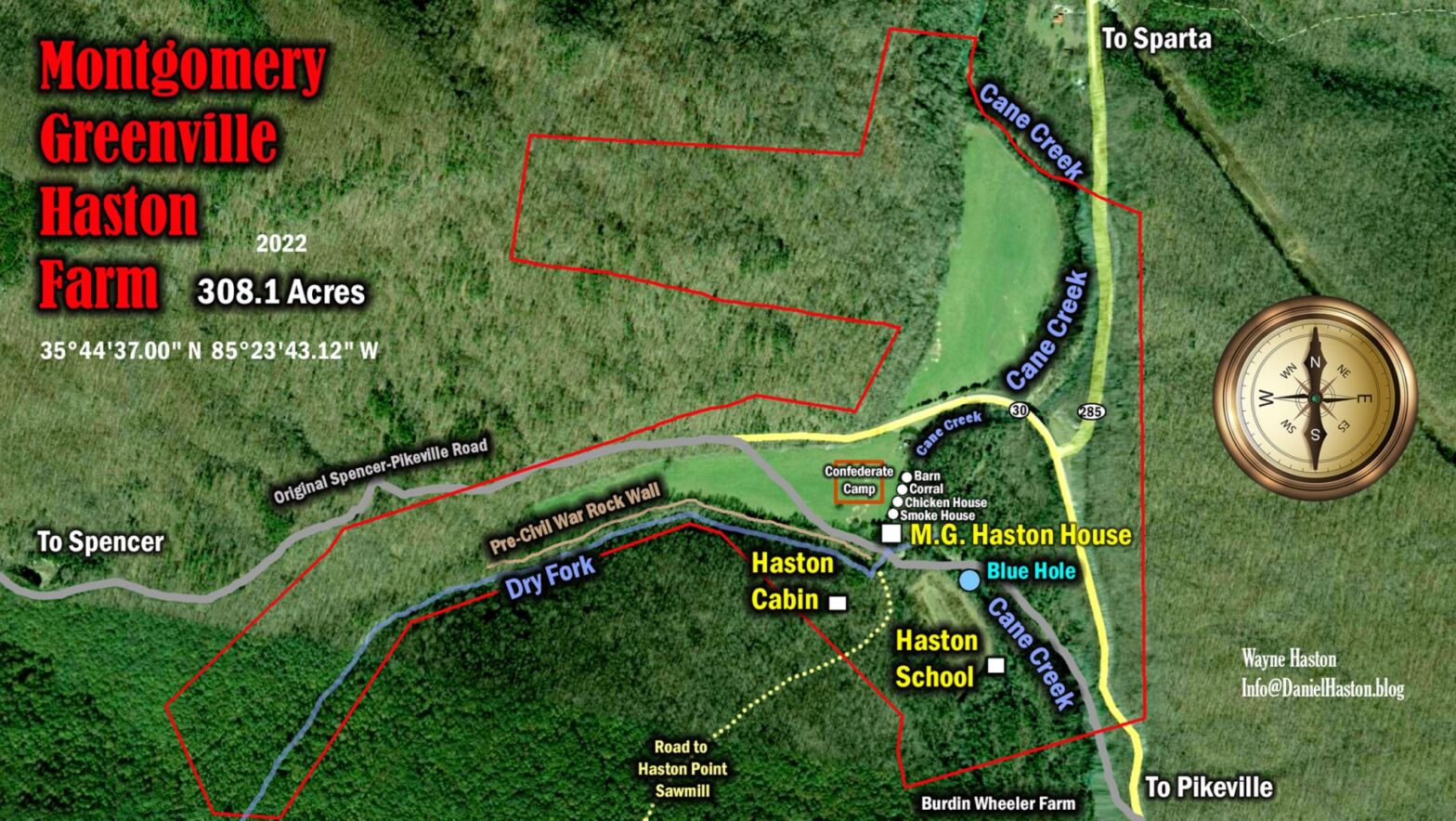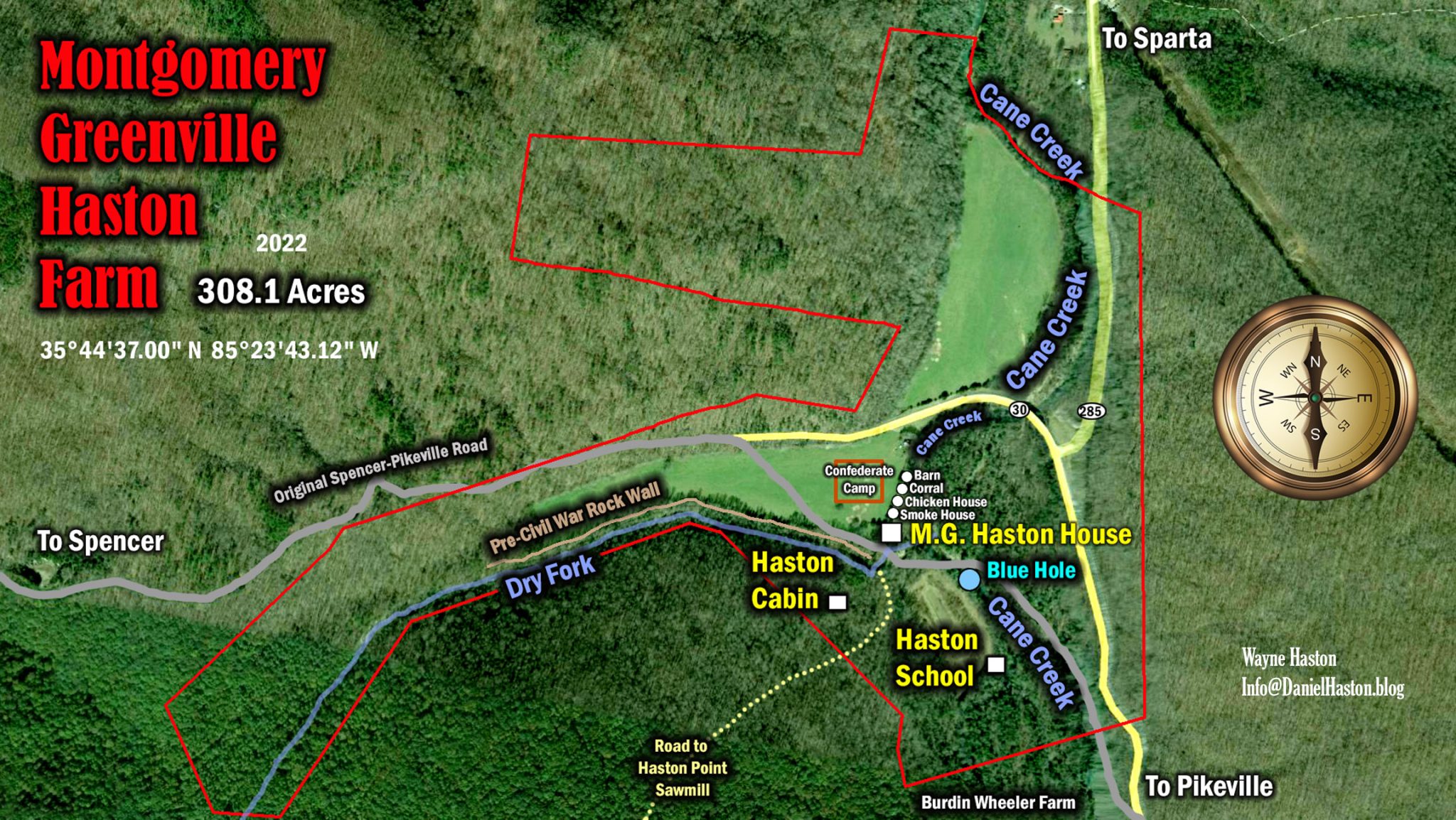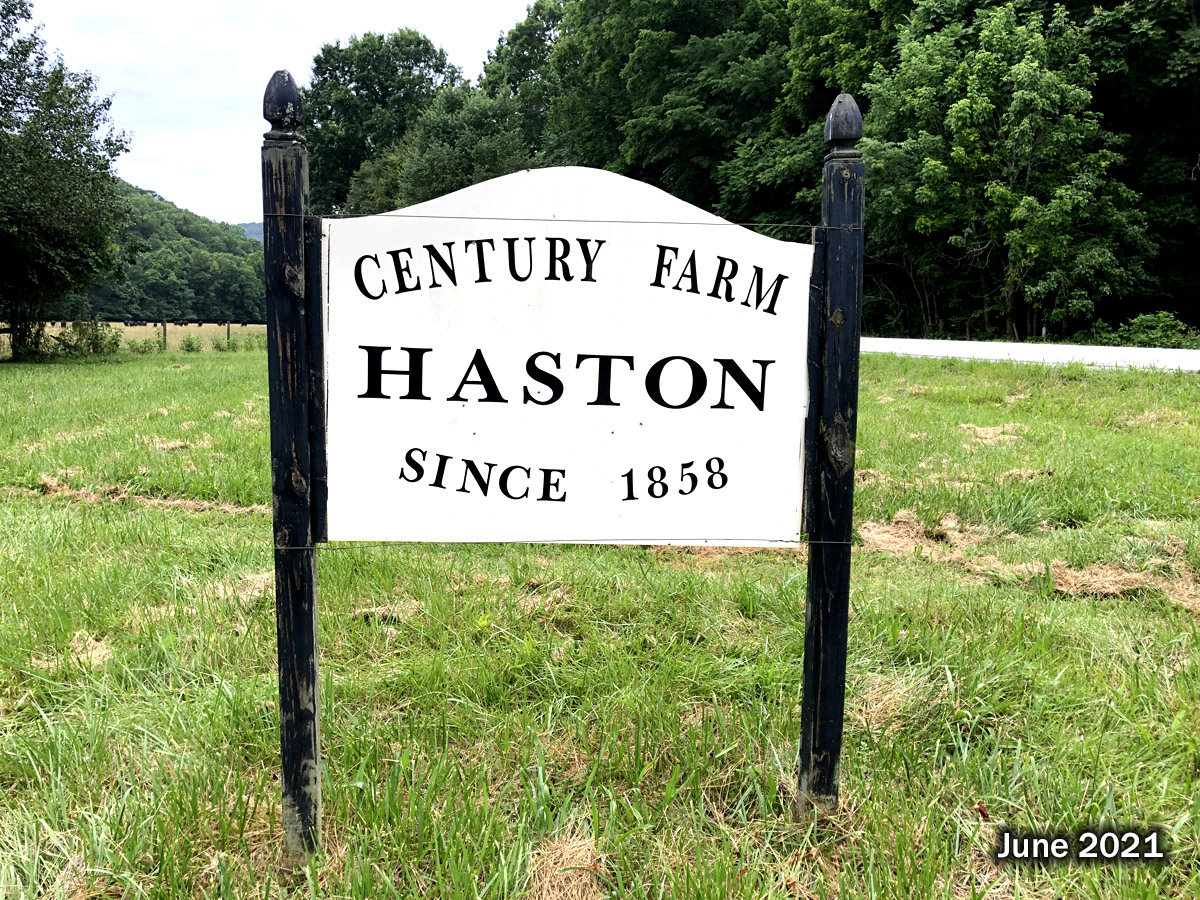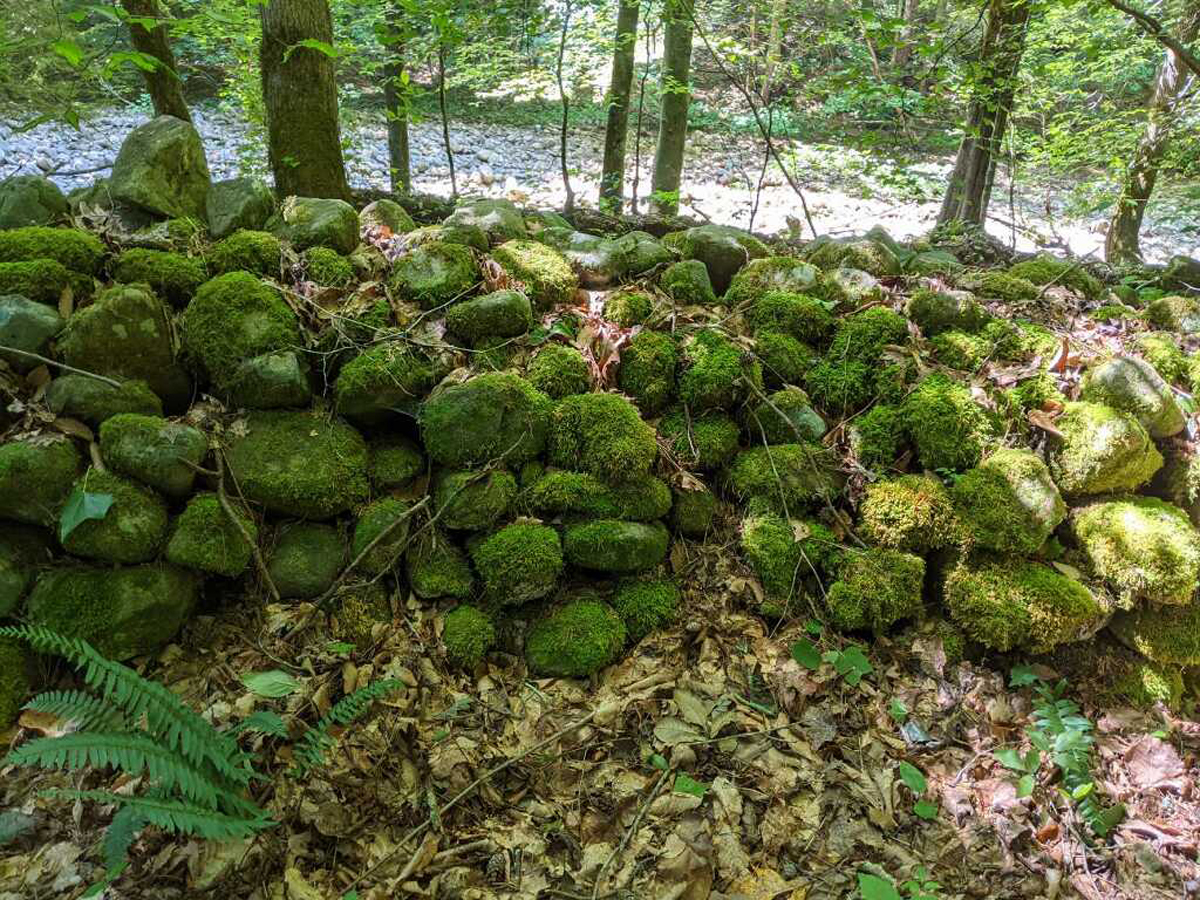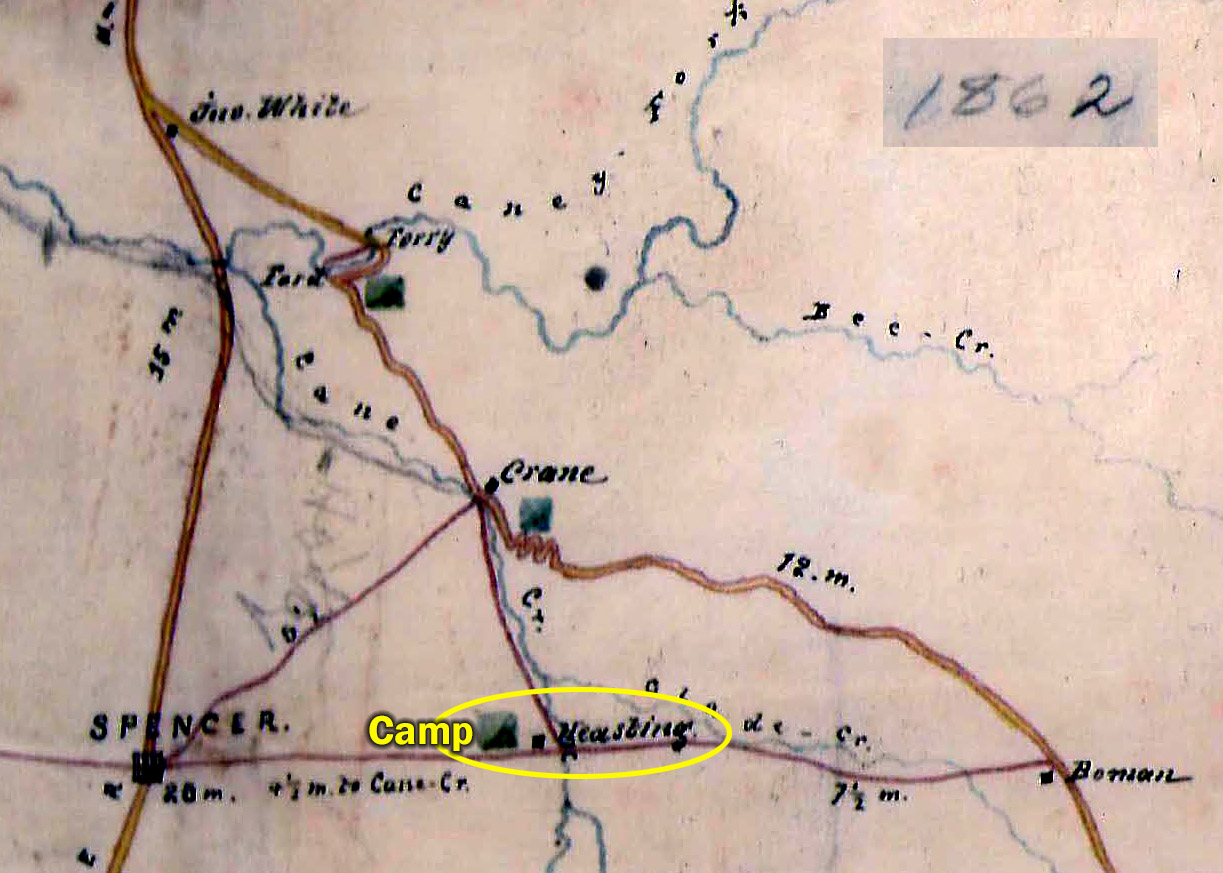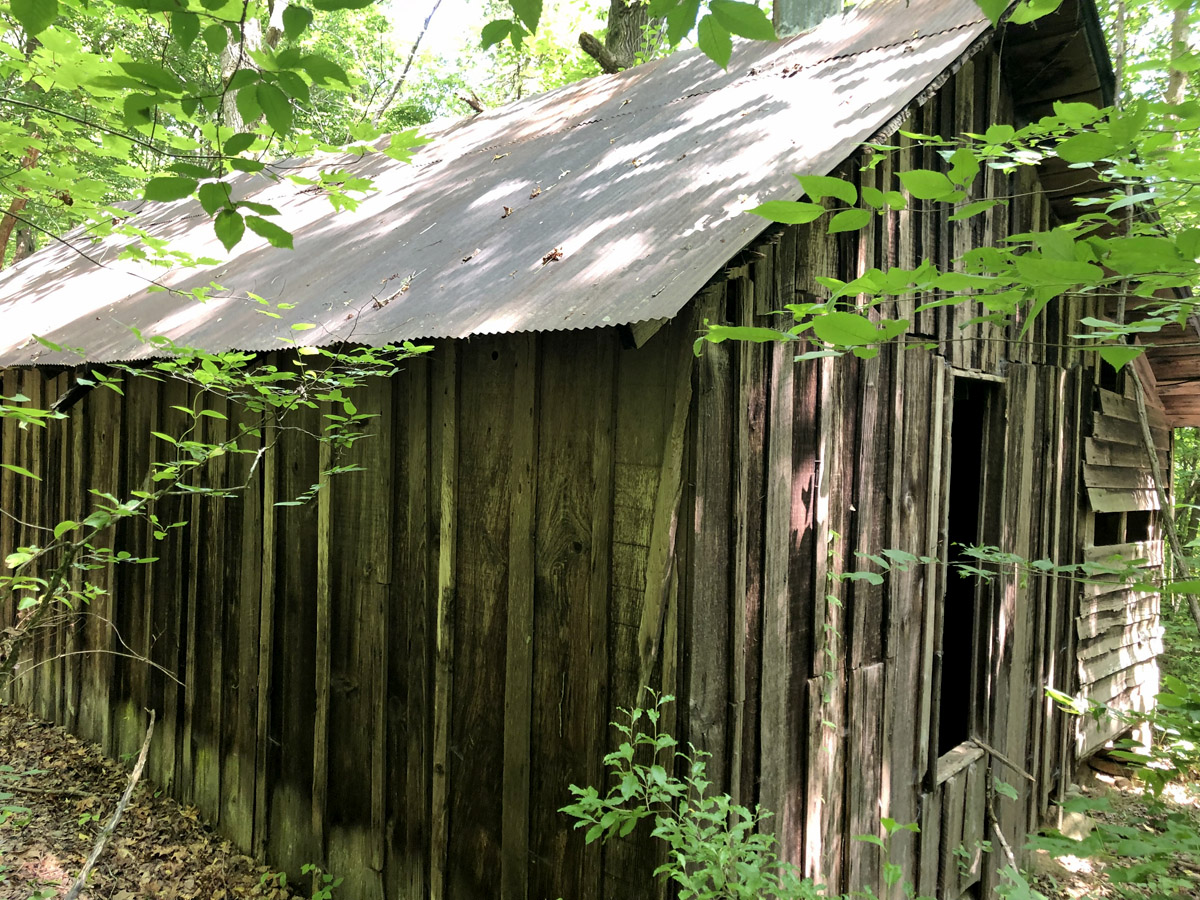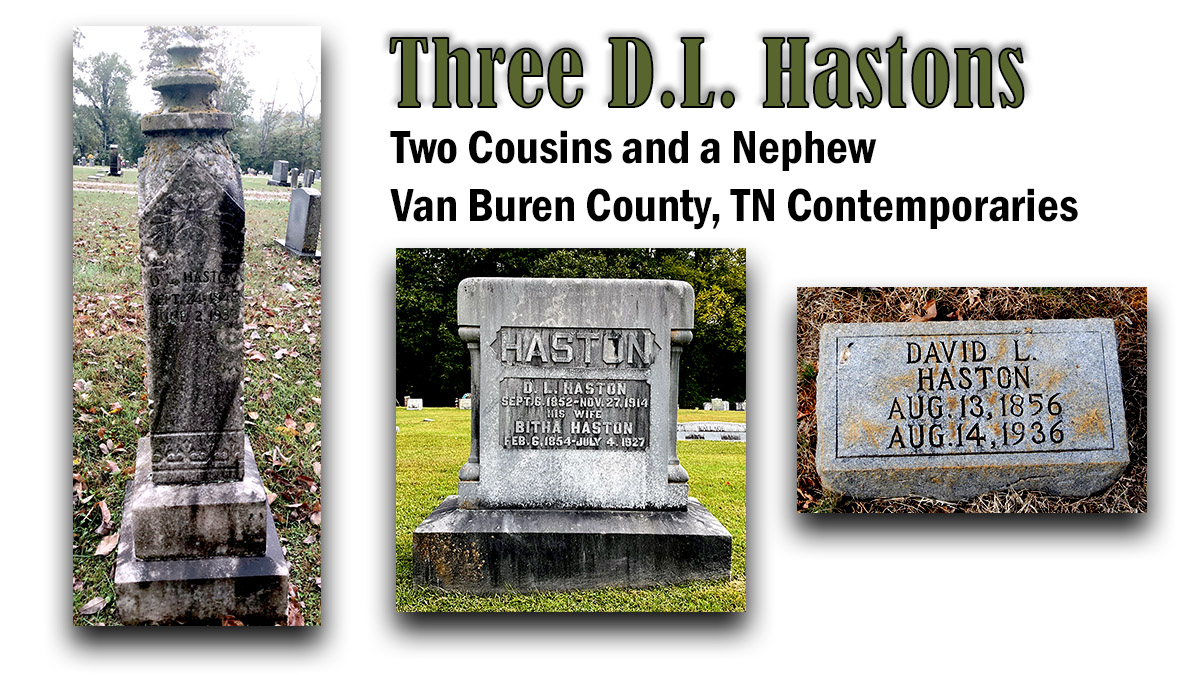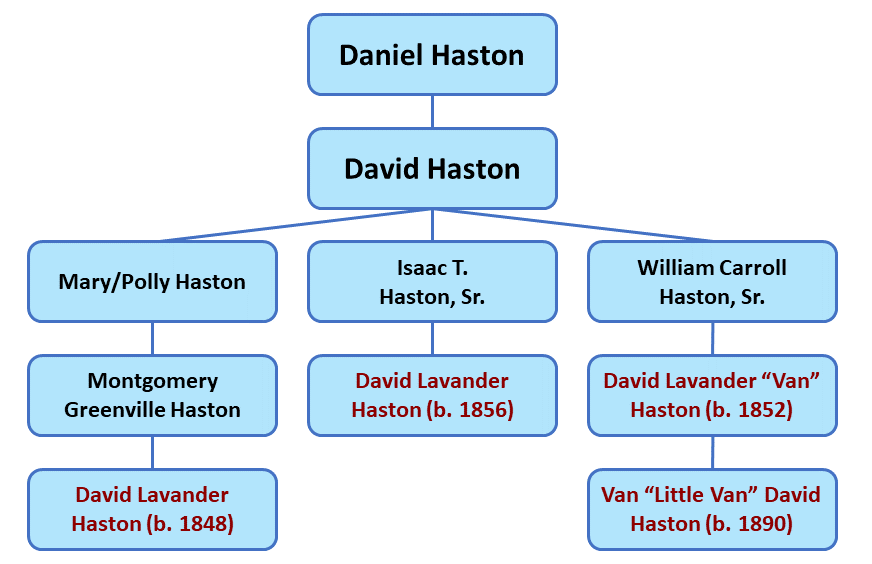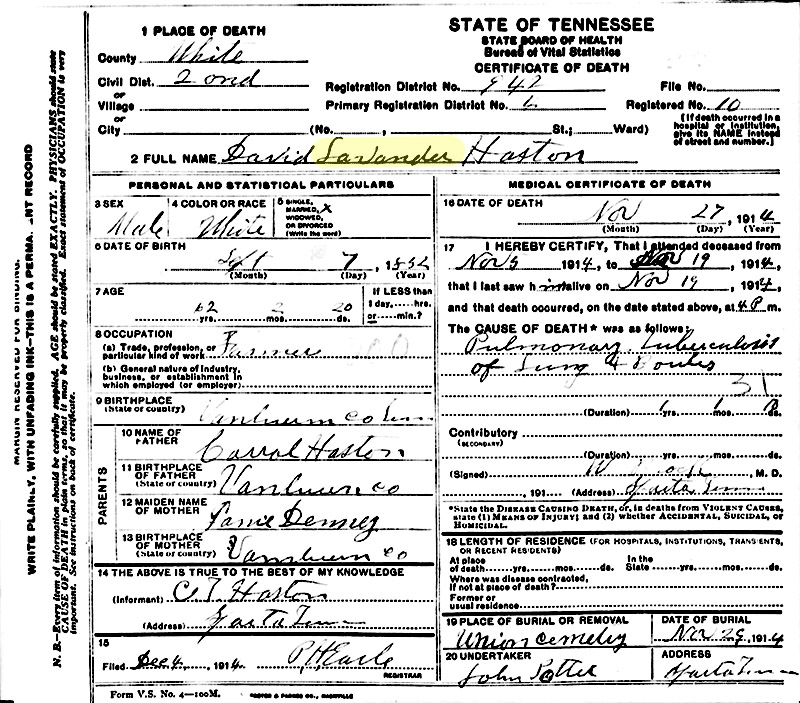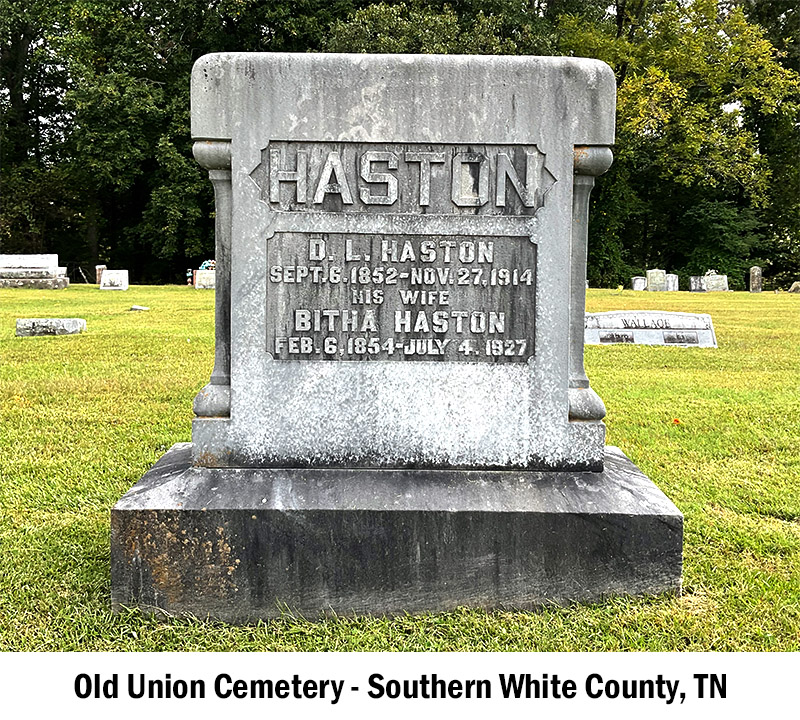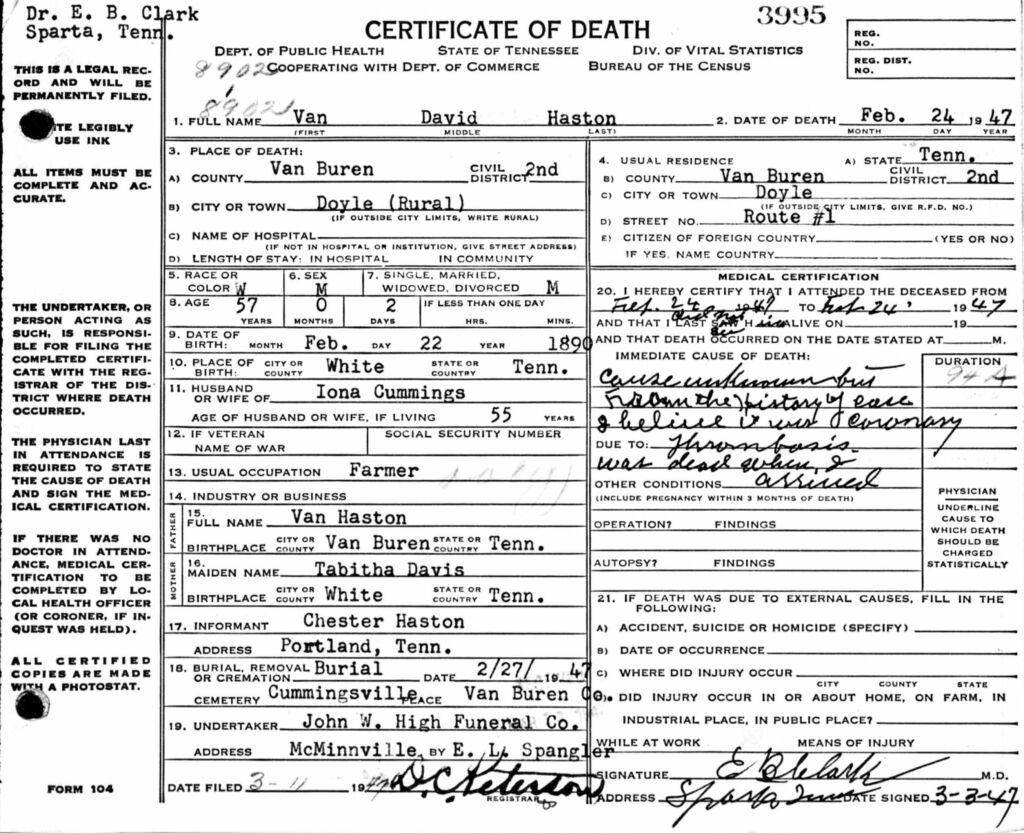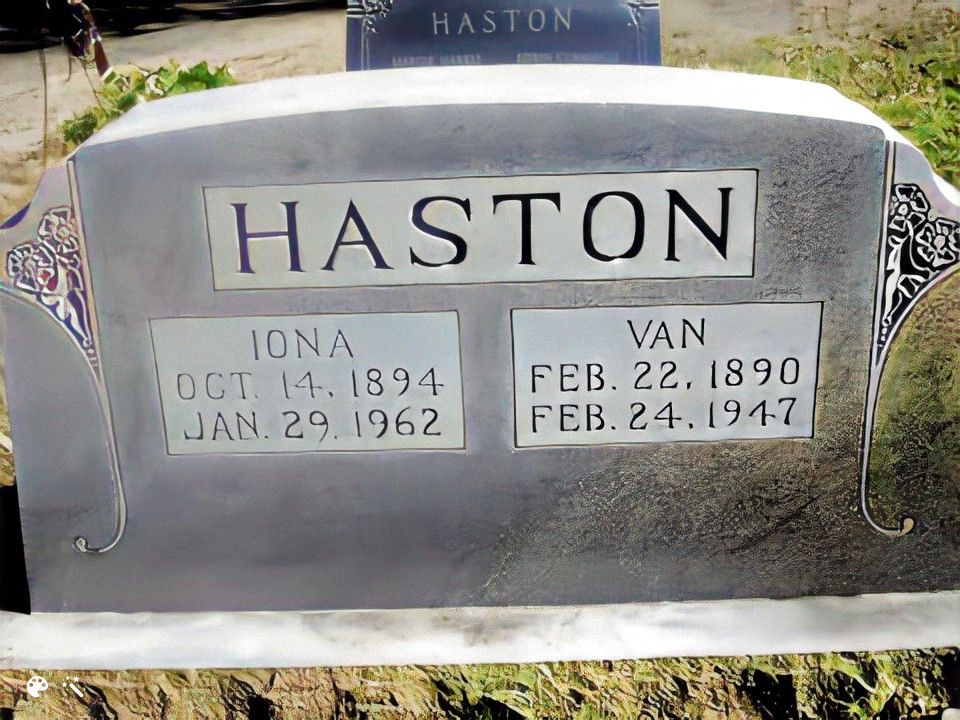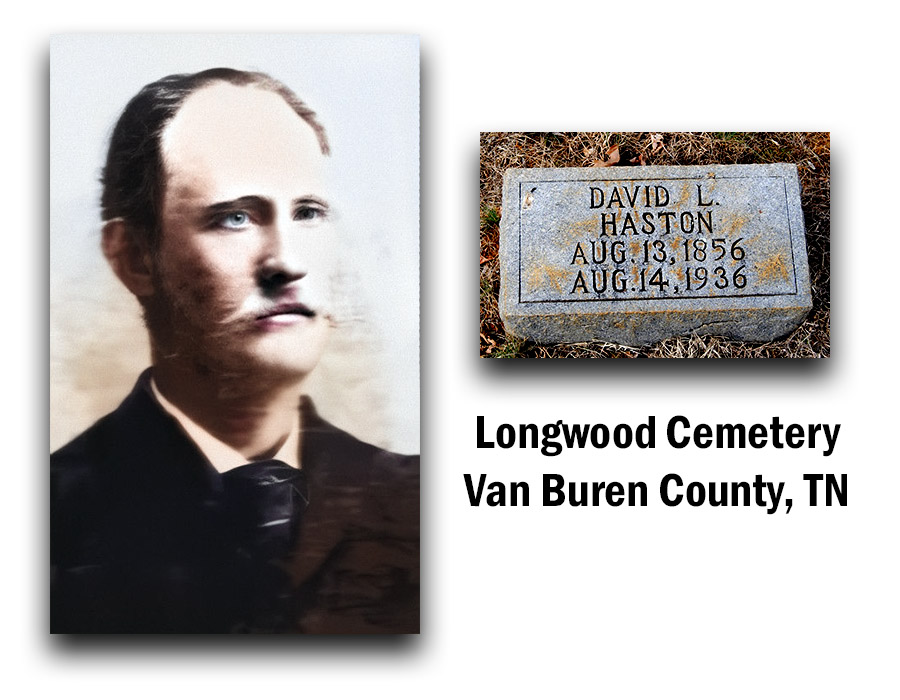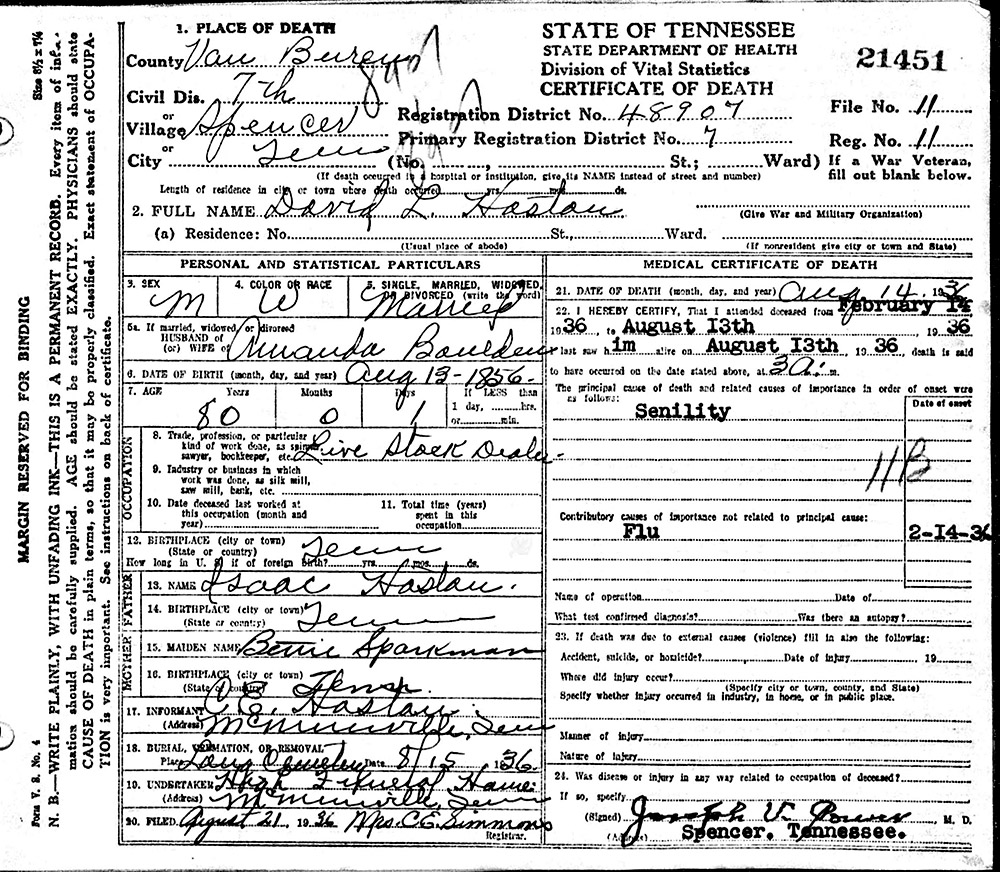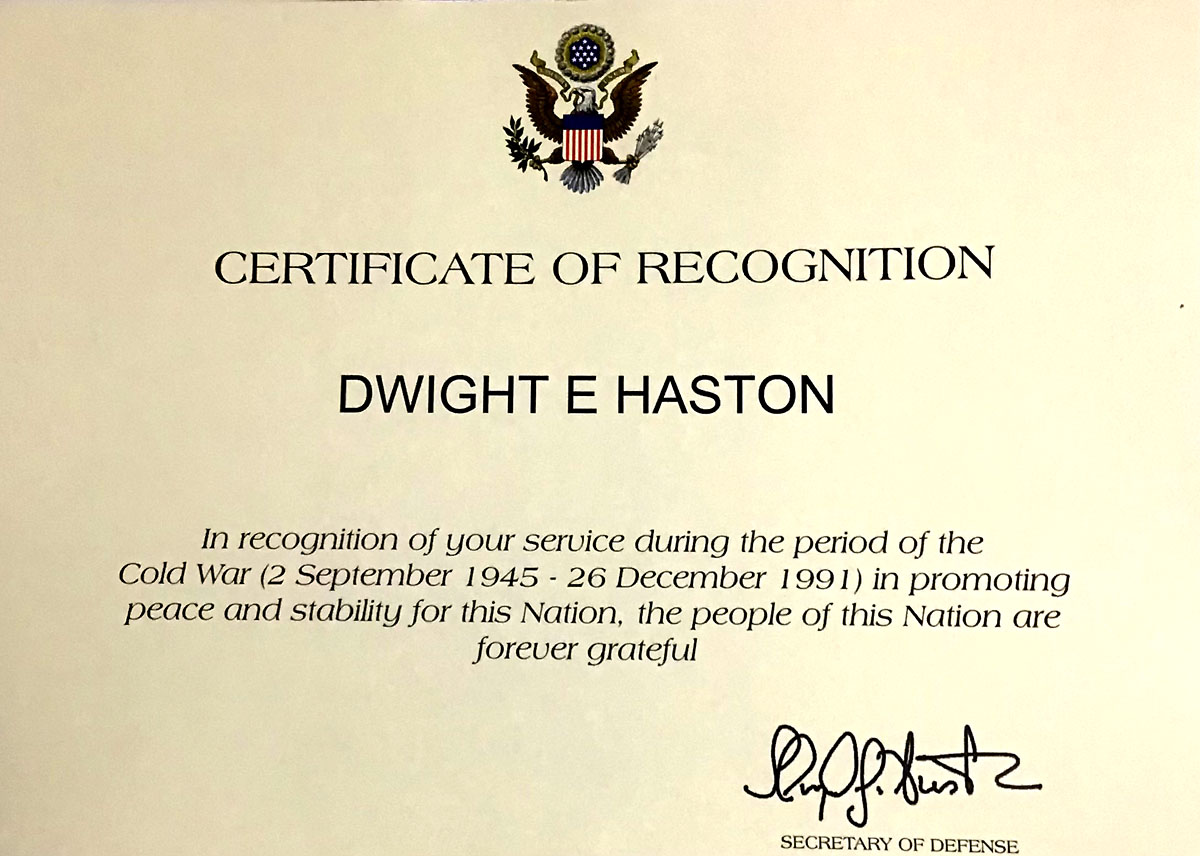Vollie Belle Haston - Her Early Years, From Birth to Marriage
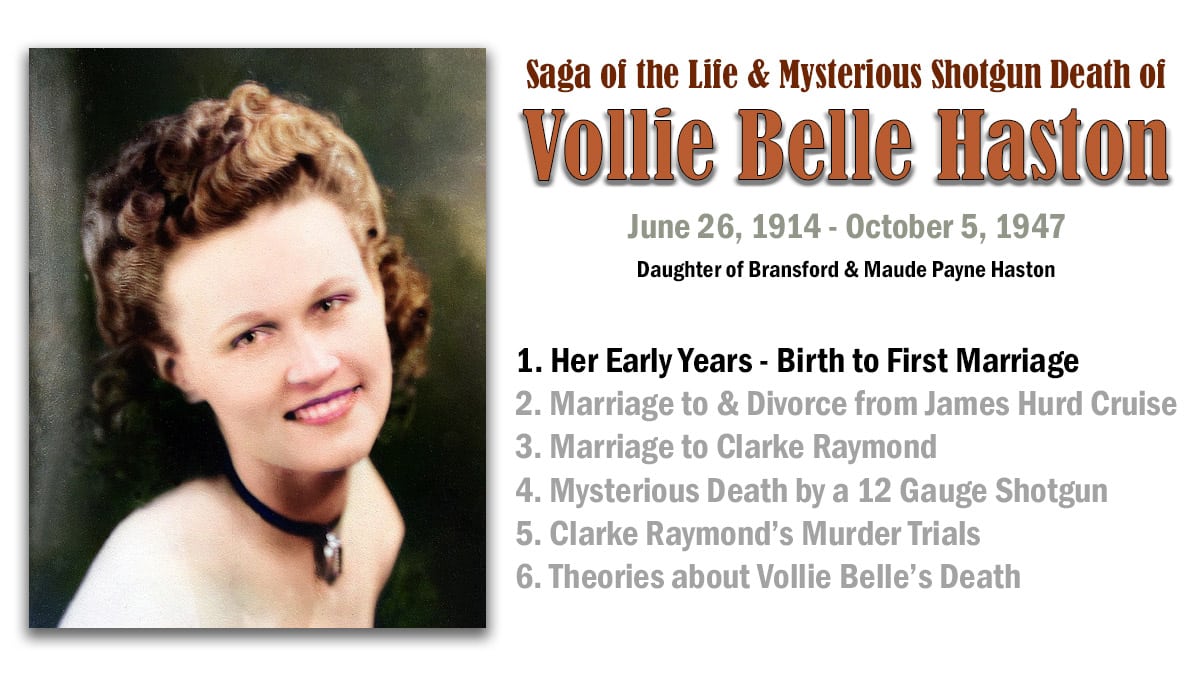
Co-Authors: Becky Hitchcock Harris and Wayne Haston
I have learned that there is a lot of information “out there” (be it factual or inaccurate lore) about Vollie Belle Haston’s life and tragic death. I’d love to hear anything you have heard or know about Vollie Belle’s life or her death. WayneH37@aol.com
Vollie Belle's Haston Lineage

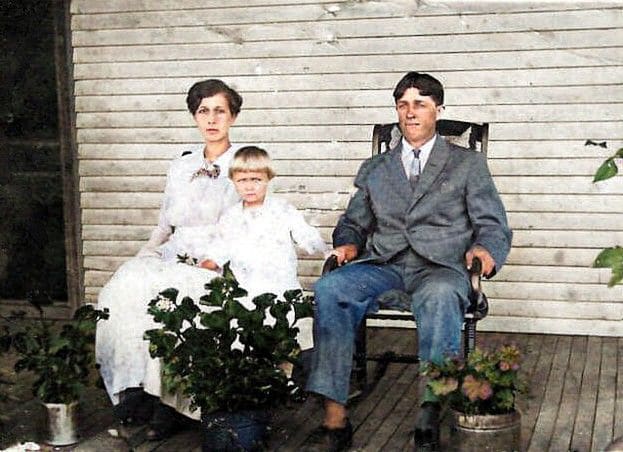
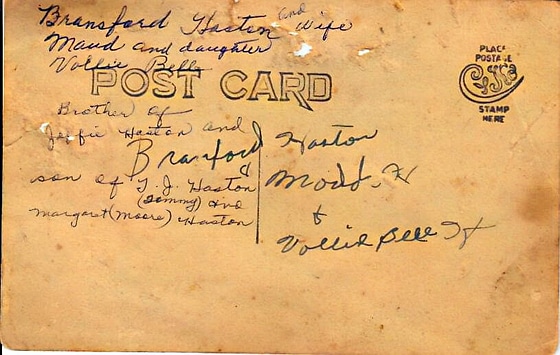
Vollie Belle's Diary
On November 20, 1942, Vollie Belle began to create a diary. It wasn’t a typical day-by-day diary, but more of a summary of her life. She was 28 years old when she began to write. Her life up until that time had been filled with many early joys. But one fairly recent heartache had deeply wounded her spirit. It appears that she was beginning to recover from that experience as she started working on her diary.
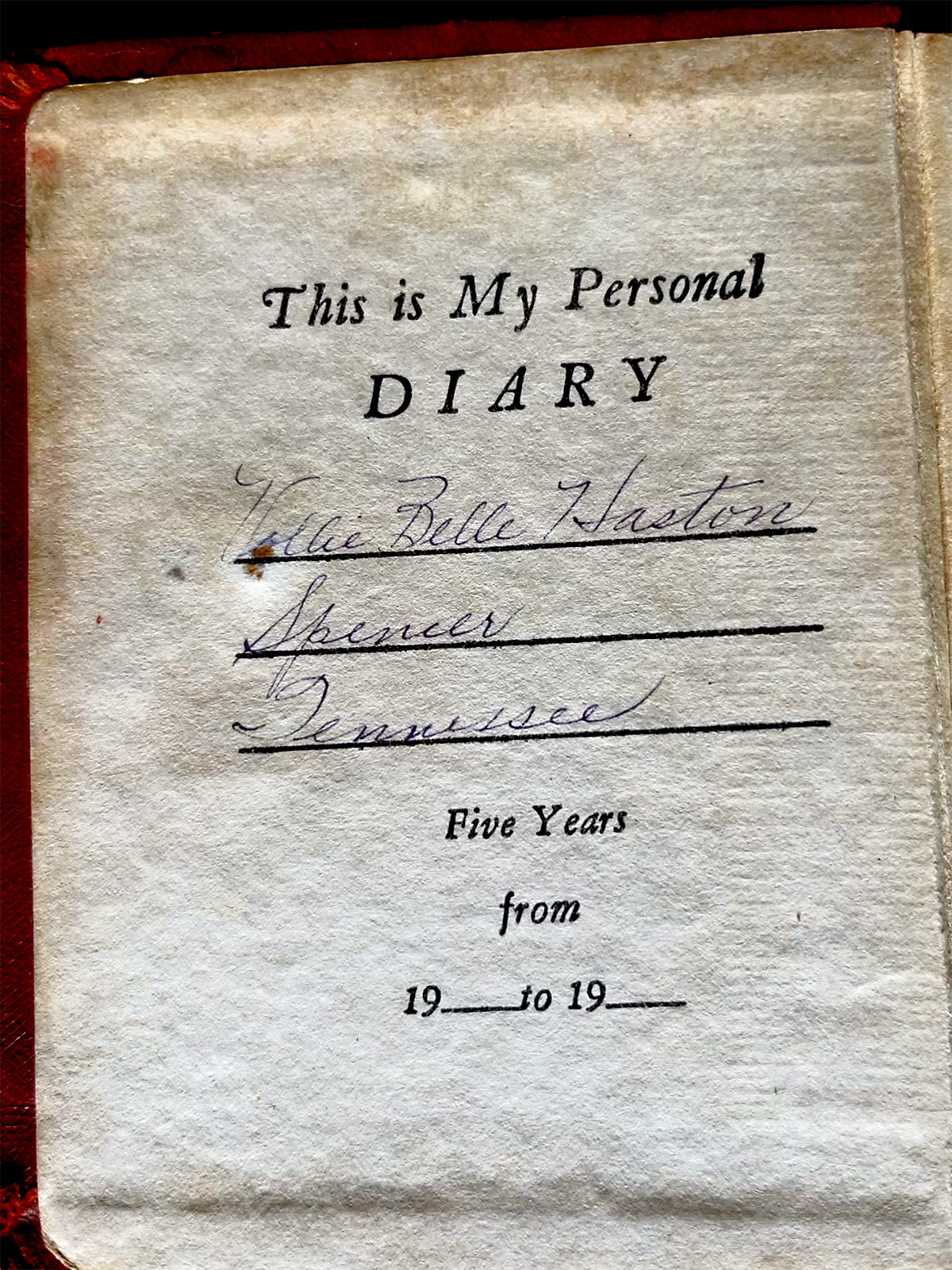
As much as possible, I will weave this account of Vollie Belle’s story around the complete surviving text of the diary, exactly as she wrote it. The 24 pages that survived some apparent attempt to extinguish the latter part of her story reveal much about her character, her giftedness, her love of life, and her resilience to overcome devastating circumstances. The 36 pages that were ripped from her diary and destroyed (or permanently removed and never found) probably tell us something important about her death. But we’ll never know what was in those missing pages and why they were removed. However, in the final article in this series, I will share some theories about her death that have been proposed by interested individuals and why the diary may have been ripped apart and more than half of its contents removed.
11–20-42
1942 Dear Diary:
For years I have meant to write you. Who else could sympathize with me as well as you? Who’d be so glad to share my joys? And who’d be as dejected at my sorrow? I know you’re wondering why I have chosen this little red book and purple ink. It isn’t that my life has been so gay but every bright color to me suggest a brighter future. I have decided to write my life to the present date, barring nothing not even my worst sins and my shortcomings. As Christ said, “Let him without fault cast the first stone.”
I hope dear diary this won’t be boring but here’s how my story goes:
I was born at Spencer, Tenn on June 26, 1914 the year the First World War broke out. My mother was Maude Payne Haston age 24 at my birth. My father Bransford Lewis Haston was 23 at my birth. My life as a child was almost perfect – happiness, love, and the best of care. My grandparents, Sarah and James Payne, centered their whole life around me since I was an only grandchild. My wish was law. I admit I was spoiled a bit, but never allowed to be selfish. I was a bit lonesome too. An only child craved companionship, I think if ever I am a mother I hope I will be able to have more than one child. My mother almost gave her life to bring me into the world. She has since that time been frail. To me she is the sweetest dearest, and one of the most beautiful women I’ve ever seen. My ‘Dad’ is easy going, a good provider, and a good man above all. I was reared on a farm until I was six. My father bought a store at Doyle, Tenn and I entered school [there for] my first [grade]. I made my first speech before a crowded auditorium and then came that urge for education. I thoroughly enjoyed every performance I ever did, regardless of how small and still do. I went to school at Doyle until I was in the 3rd grade year.

My father had an emergency appendectomy in 1922 which almost cost his life; for two years he was disabled to work. It cost almost everything we had in worldly good to pay the hospital bill and live. How glad we were to live scanty and have him home with us!! My Dad has the grit and backbone to not let anything get him down. We had to sell our home and start all over. And I might add without bragging, he’s done unusually well.
My life was uneventful during the rest of the time in the grades. My teachers were as follows:
Miss Minnie Myers’s
Miss Olus Graham
Miss Osma Lewis
Paul Miller
Uncle Edd Shockley
And Creed Shockley
In Sept 1928 I entered high school. I’m not boasting but my grades were good all four years but I really worked for them. I had no other interest other than my work except in the third and fourth years, which I will explain later.
I was valedictorian of my class. I had four years music, and eight years expression (4 years in the grades and four high). I was a member of the Philomathesian Society and was honored by being selected Valedictorian of my society in 1932, the same year I delivered the Valedictory for my class. Burritt College a Church of Christ school, was my alma mater. There’s no school whose standards were any higher. We girls, were taught that – “ A good name was rather to be chosen than great riches and loving favor rather than silver or gold”. So many times we were read the last chapter of Proverbs the only proverb addressed to women. I recall one verse that has been ringing in my ears all these years- “Who can find a virtuous women? For her price is far above rubies”. And dear diary, where I probably would have erred from my mother’s teaching and my Bible have kept me in the straight and narrow. I am no angel but I do have a good character and so help me I mean to keep it.

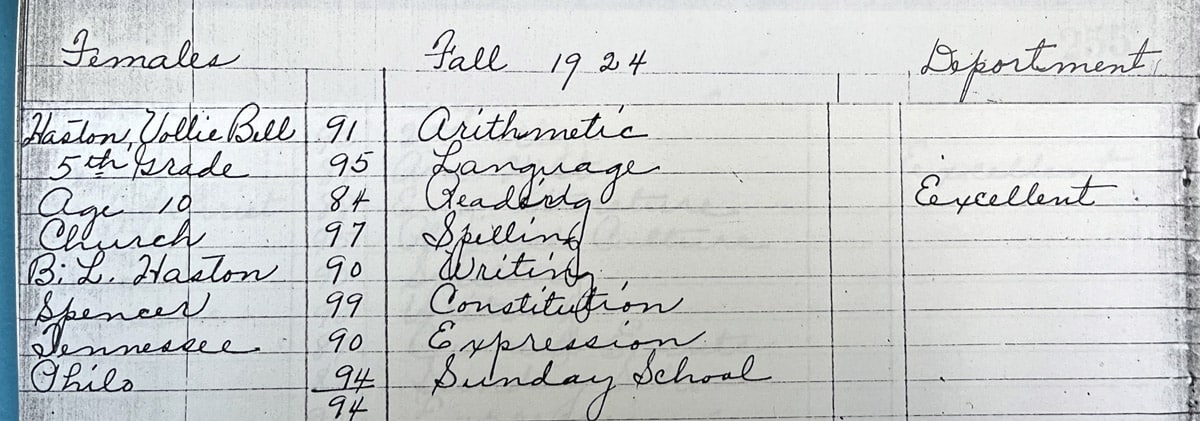
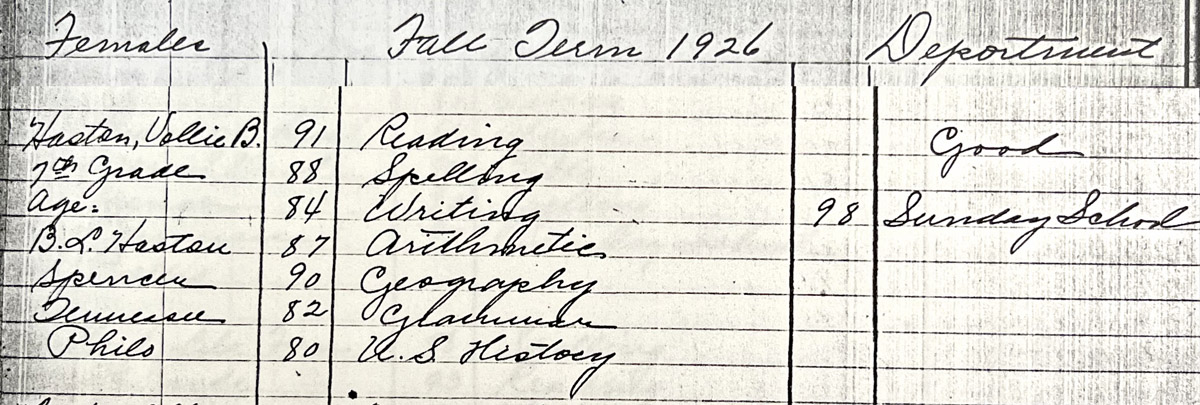
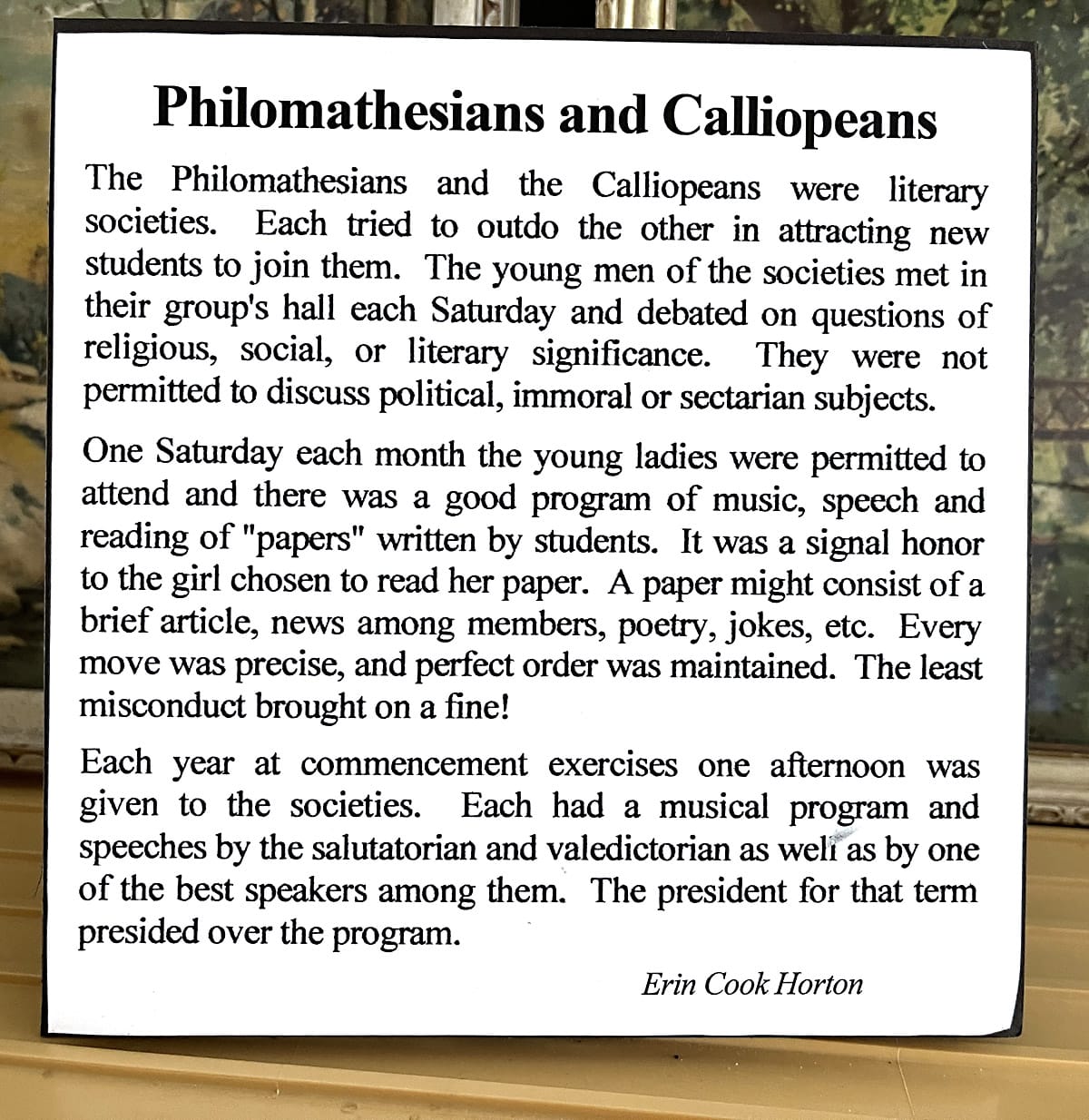
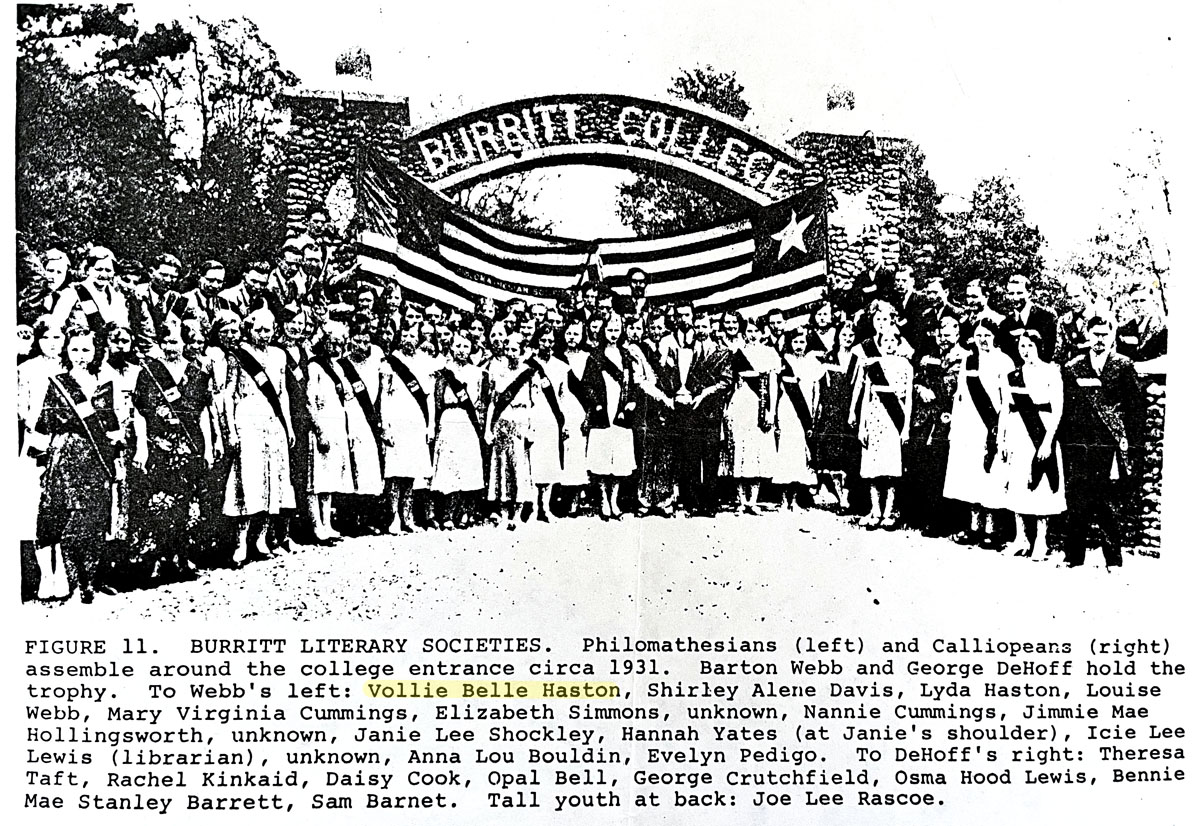
Highlights of Vollie Belle's Early Years
I was born at Spencer, Tenn on June 26, 1914, the year the First World War broke out. My mother was Maude Payne Haston, age 24 at my birth. My father Bransford Lewis Haston was 23 at my birth.
At the time of the 1920 census, her family lived in Civil District 3 of White County, Tennessee, on a "road by Taylors Mill to Doyle in Sparta."
I went to school at Doyle until I was in the 3rd grade year.
My father had an emergency appendectomy in 1922 which almost cost his life.
She started to school at Burritt "College" in the 3rd grade.
In Sept 1928 I entered high school.
The 15-year-old Vollie Belle and her family were living on Mansion Street in Spencer, Tennessee and she was attending school.
In my 3rd year 1931 I met a re-headed boy from Palmer, Tenn. He was of nice family, sort of handsome, and by far the smartest boy in class - Ray Hatfield was his name.
In the fourth year, 1932, I met Billie Taft who was one of my teachers' brothers.
We [Billie Taft and I) were very good friends but he never seemed to care so much for me until I started dating the boy that was to be my future husband [James Hurd Cruise].
I was a member of the Philomathesian Society and was honored by being selected Valedictorian of my society in 1932, the same year I delivered the Valedictory for my class.
If you appreciated this article, please share it with others who might also enjoy it.
